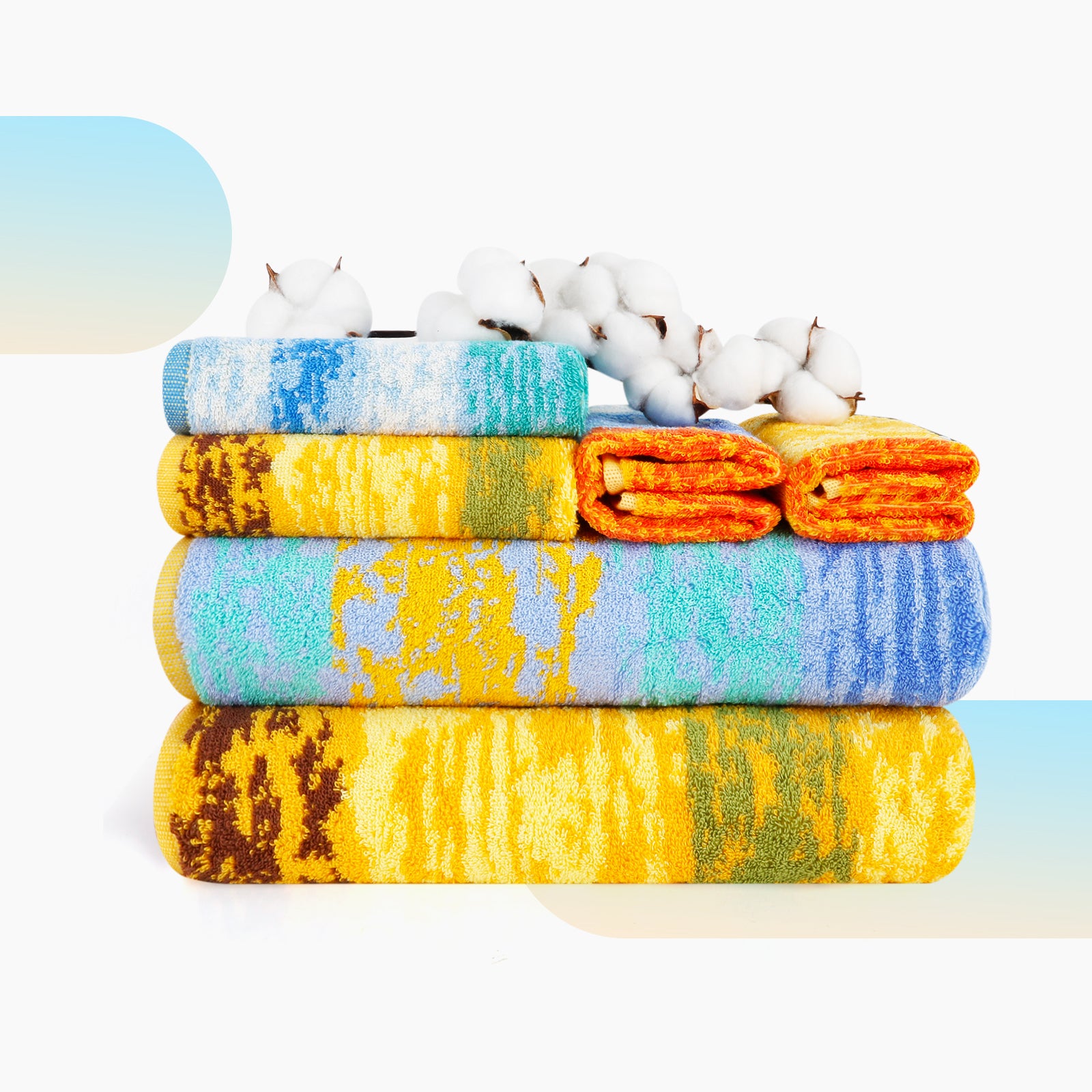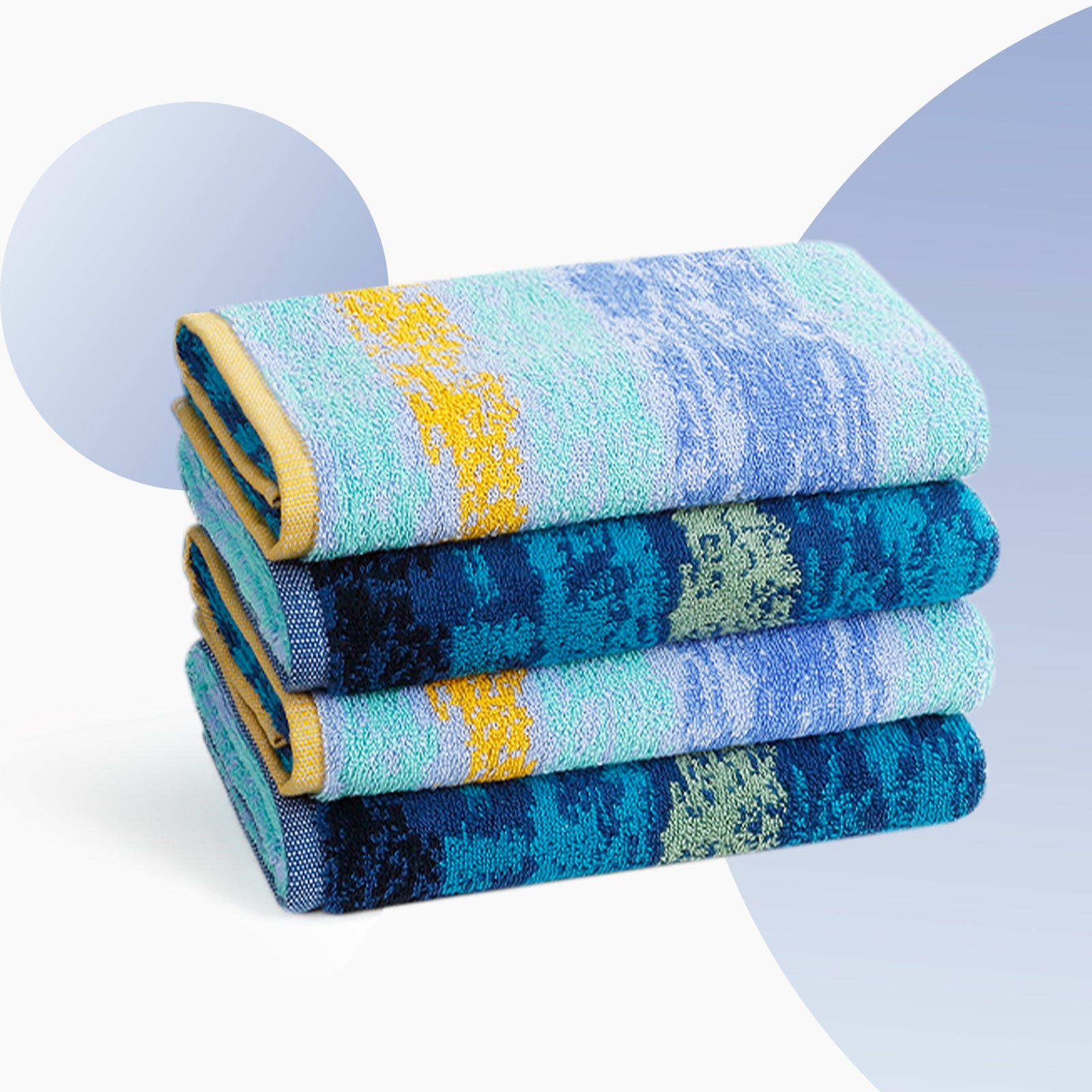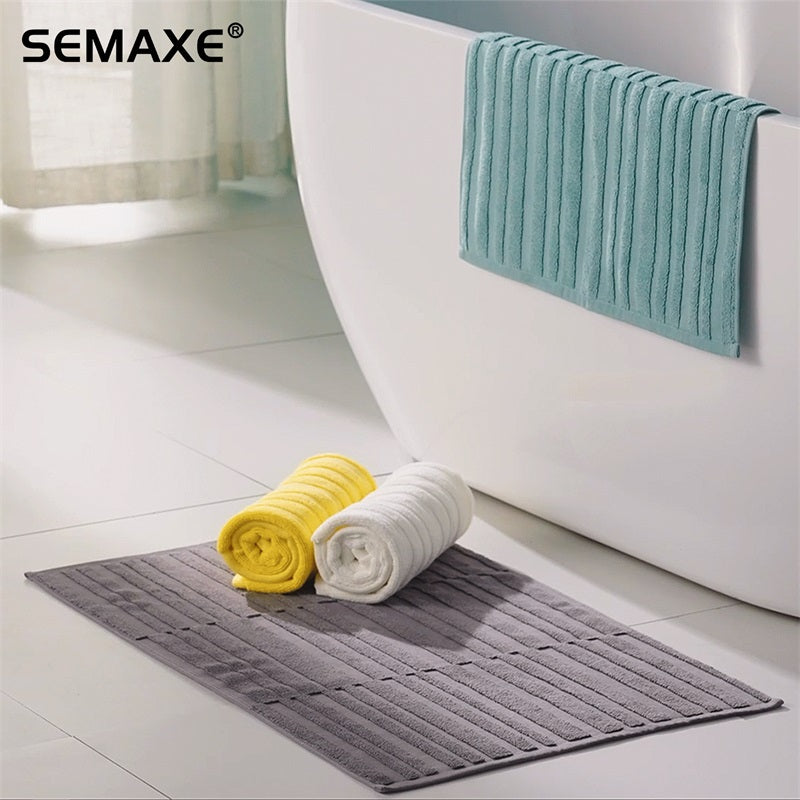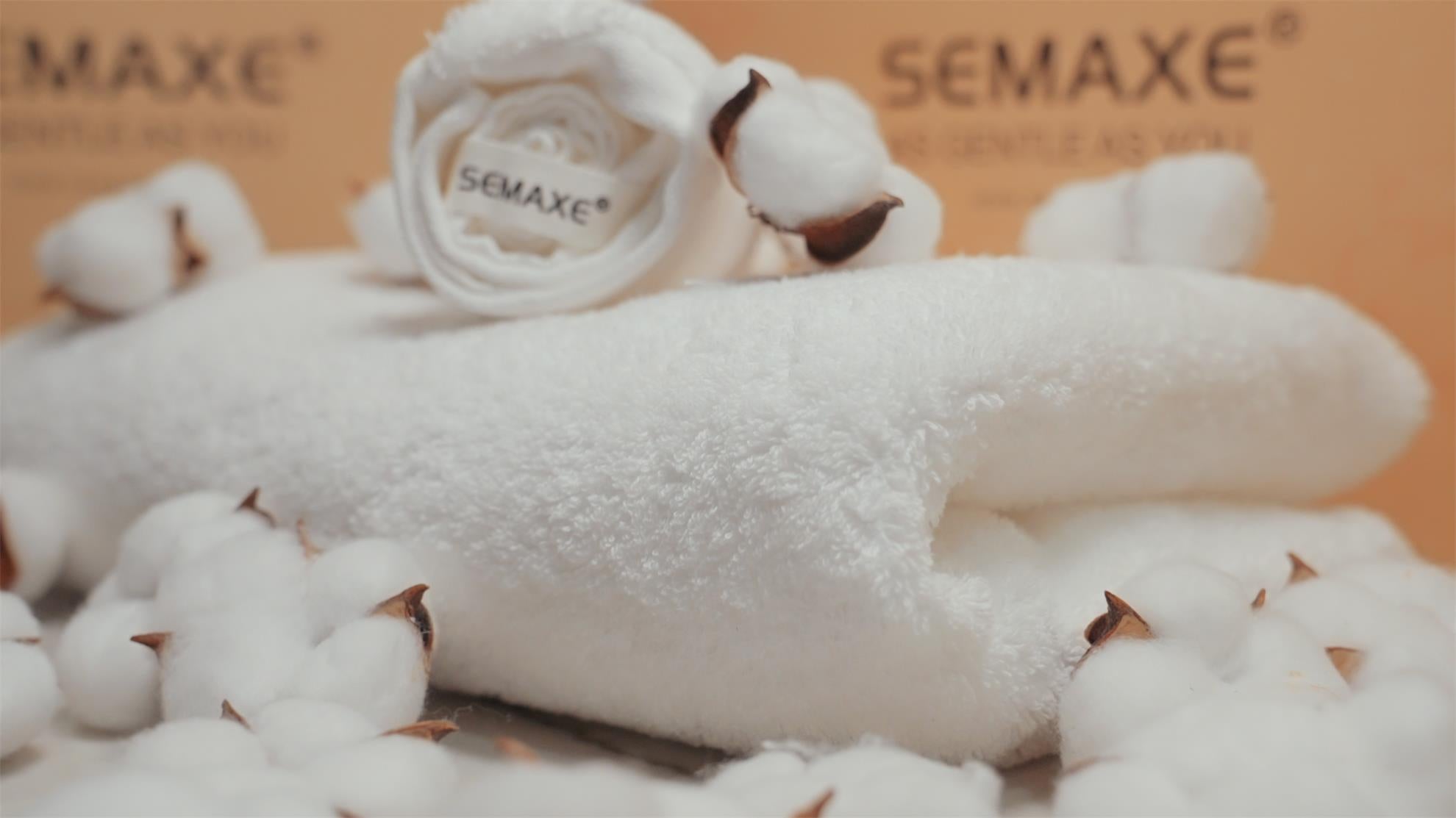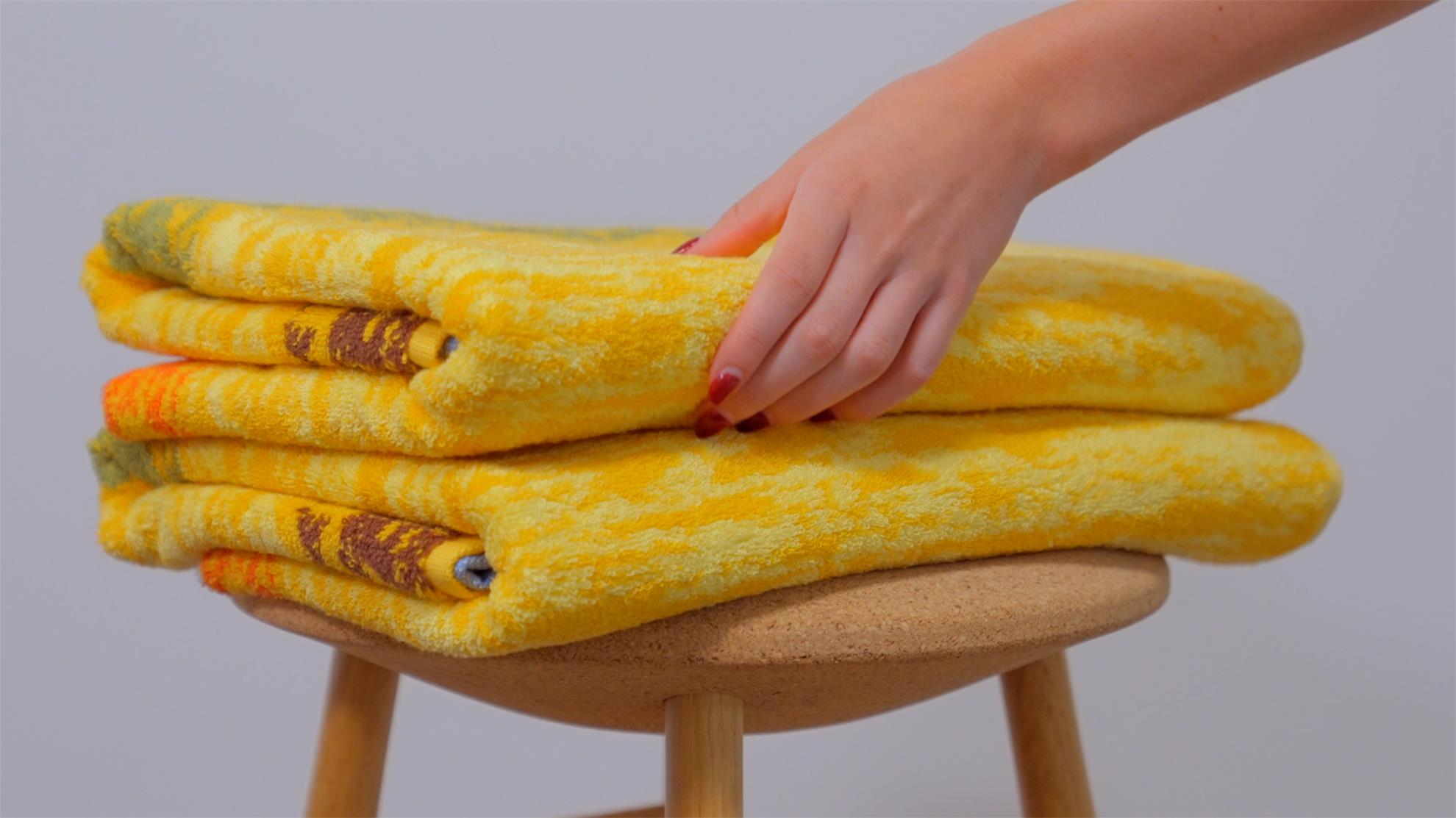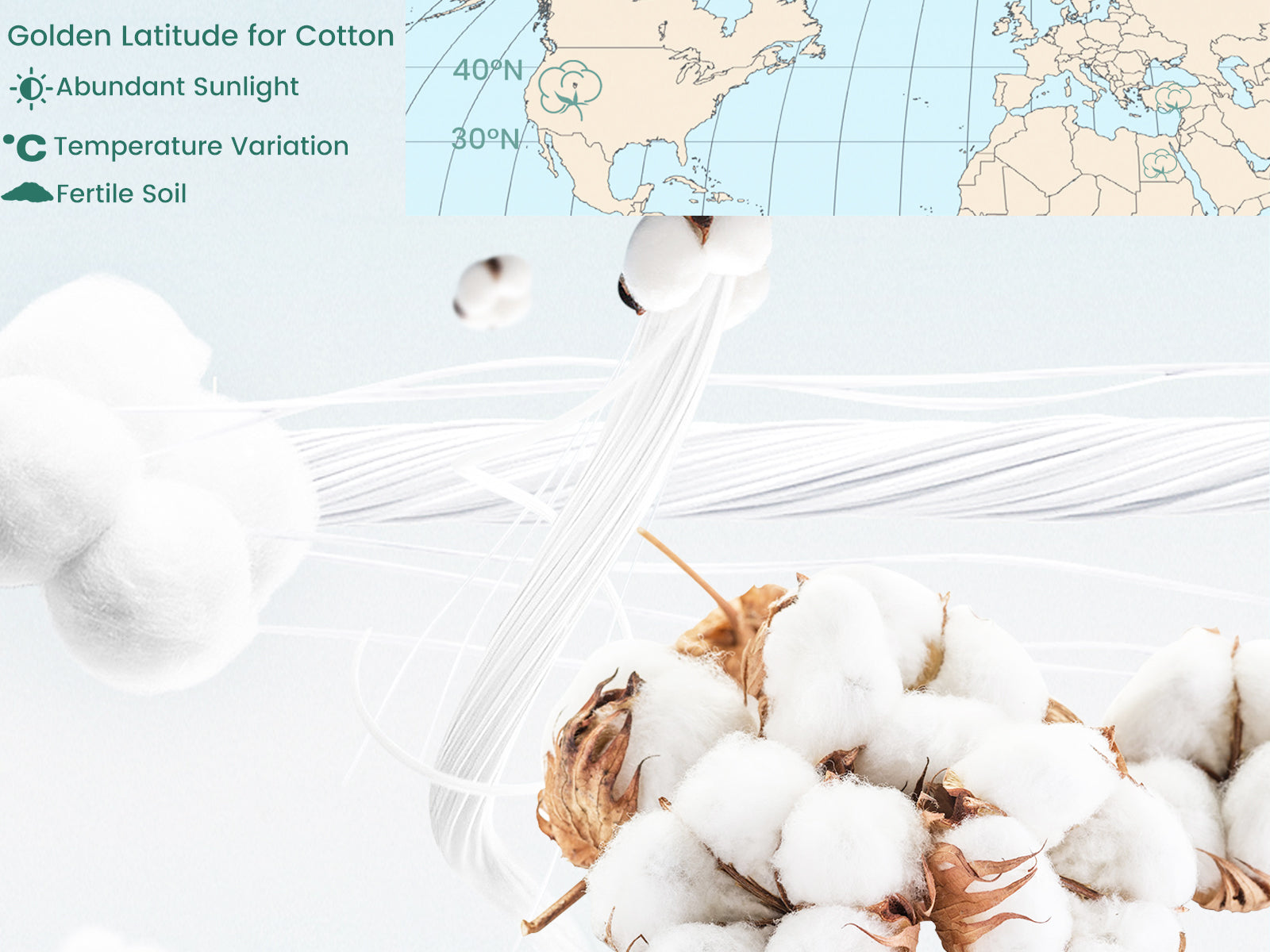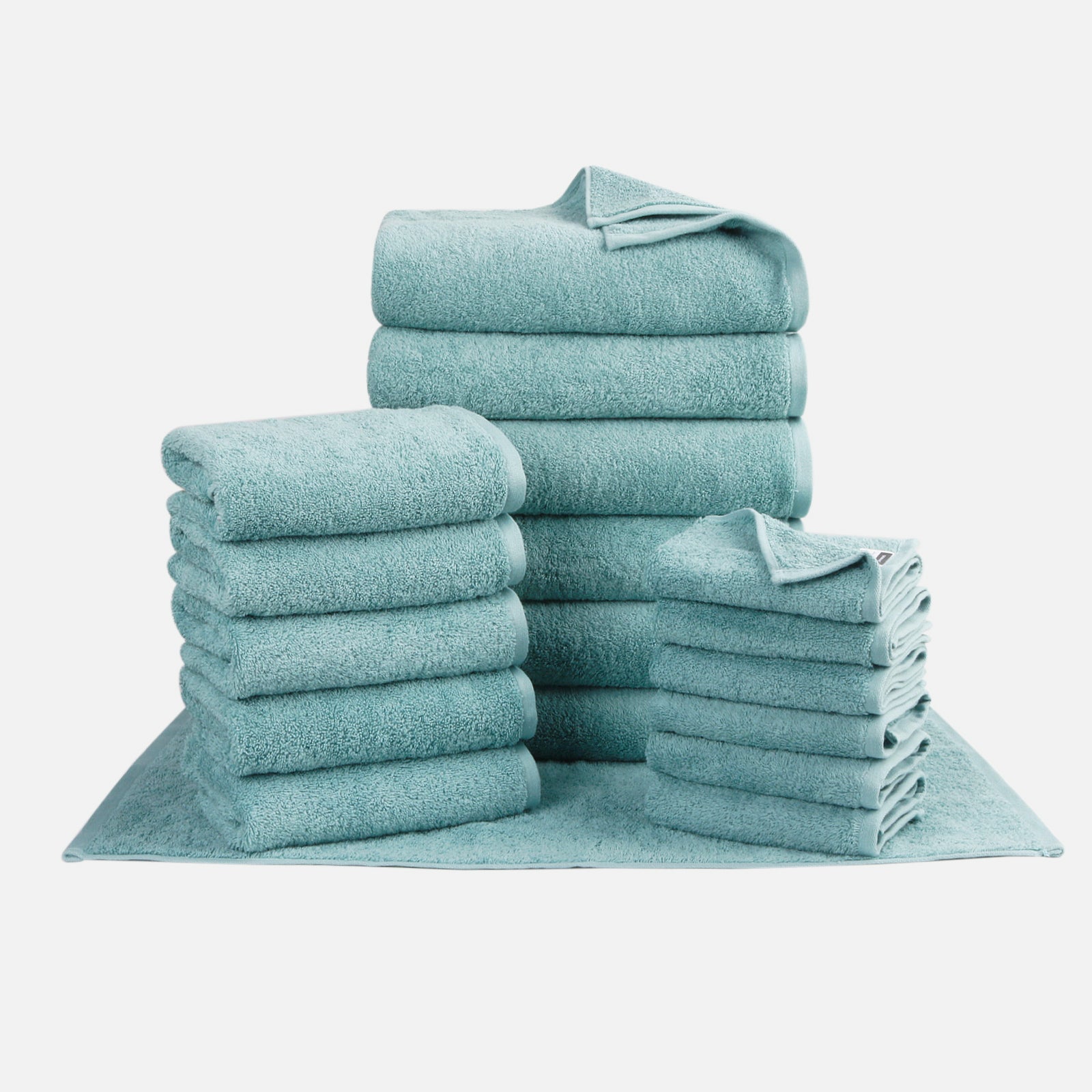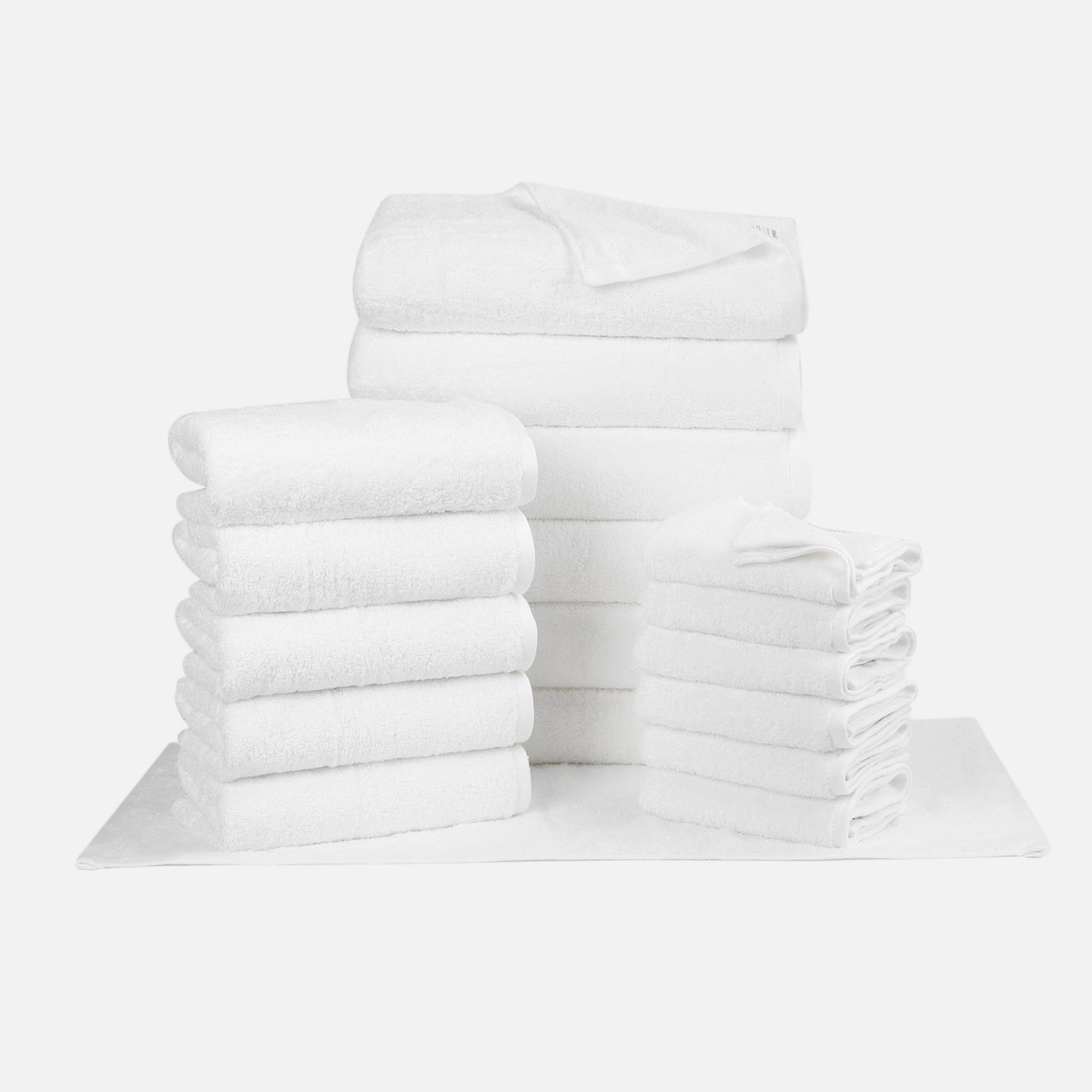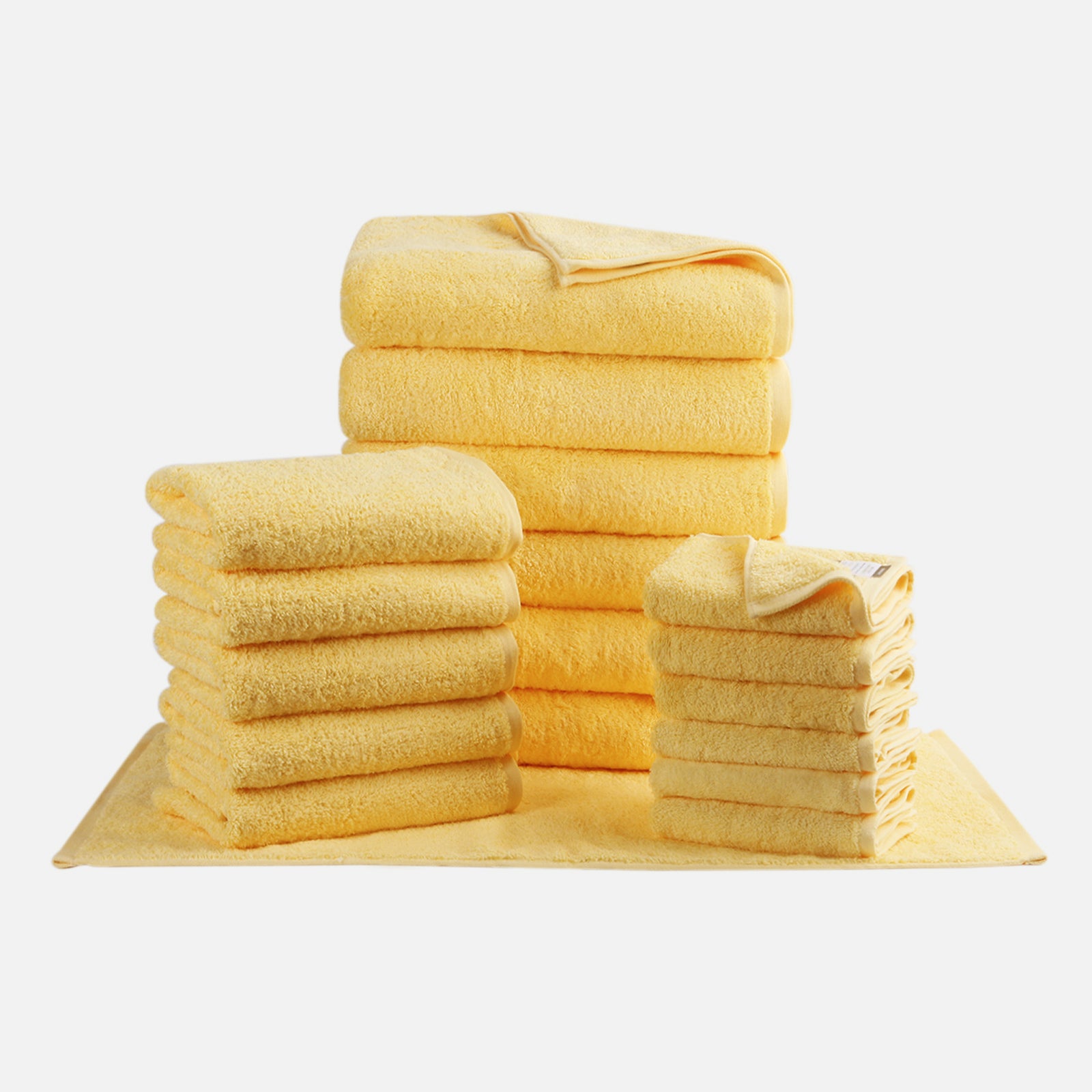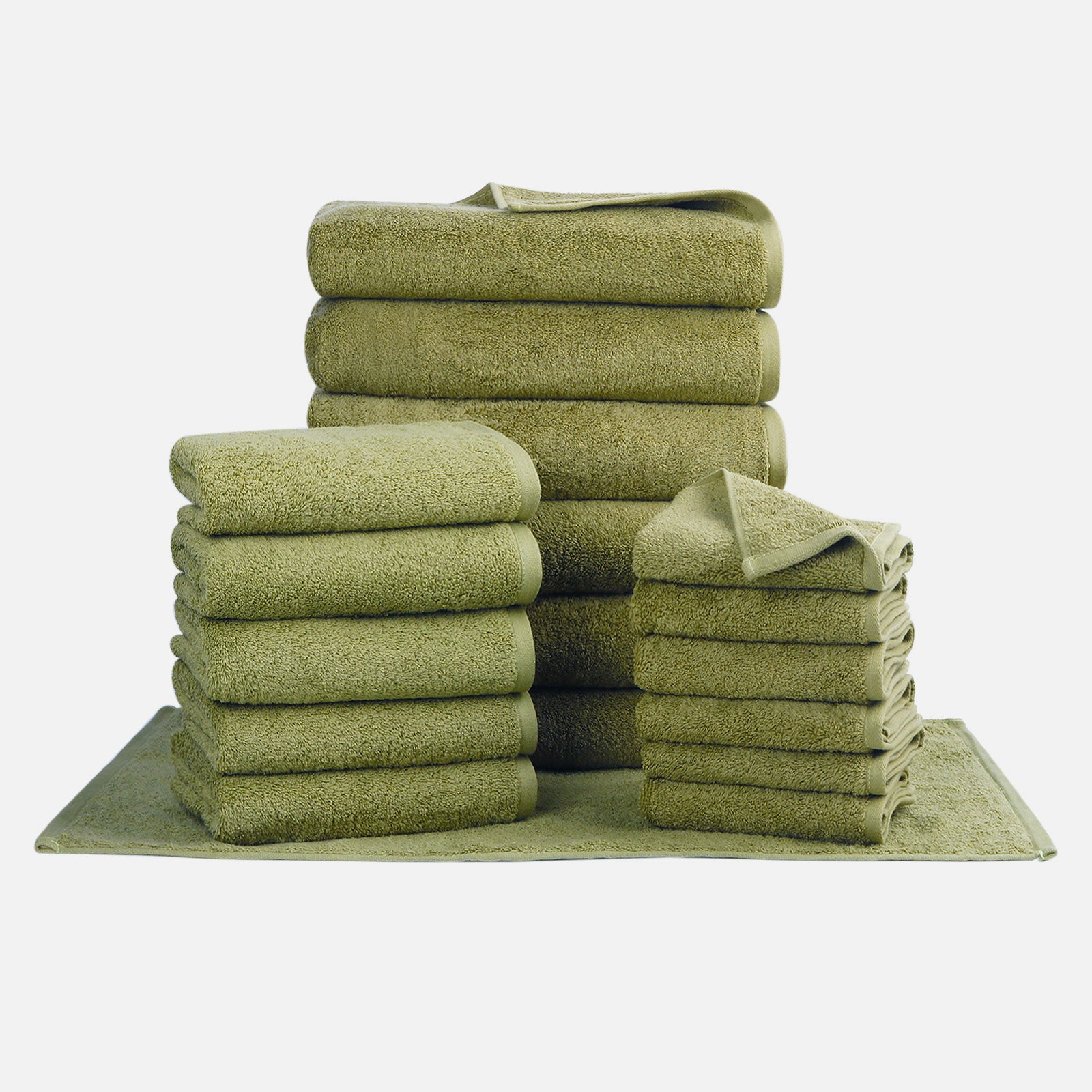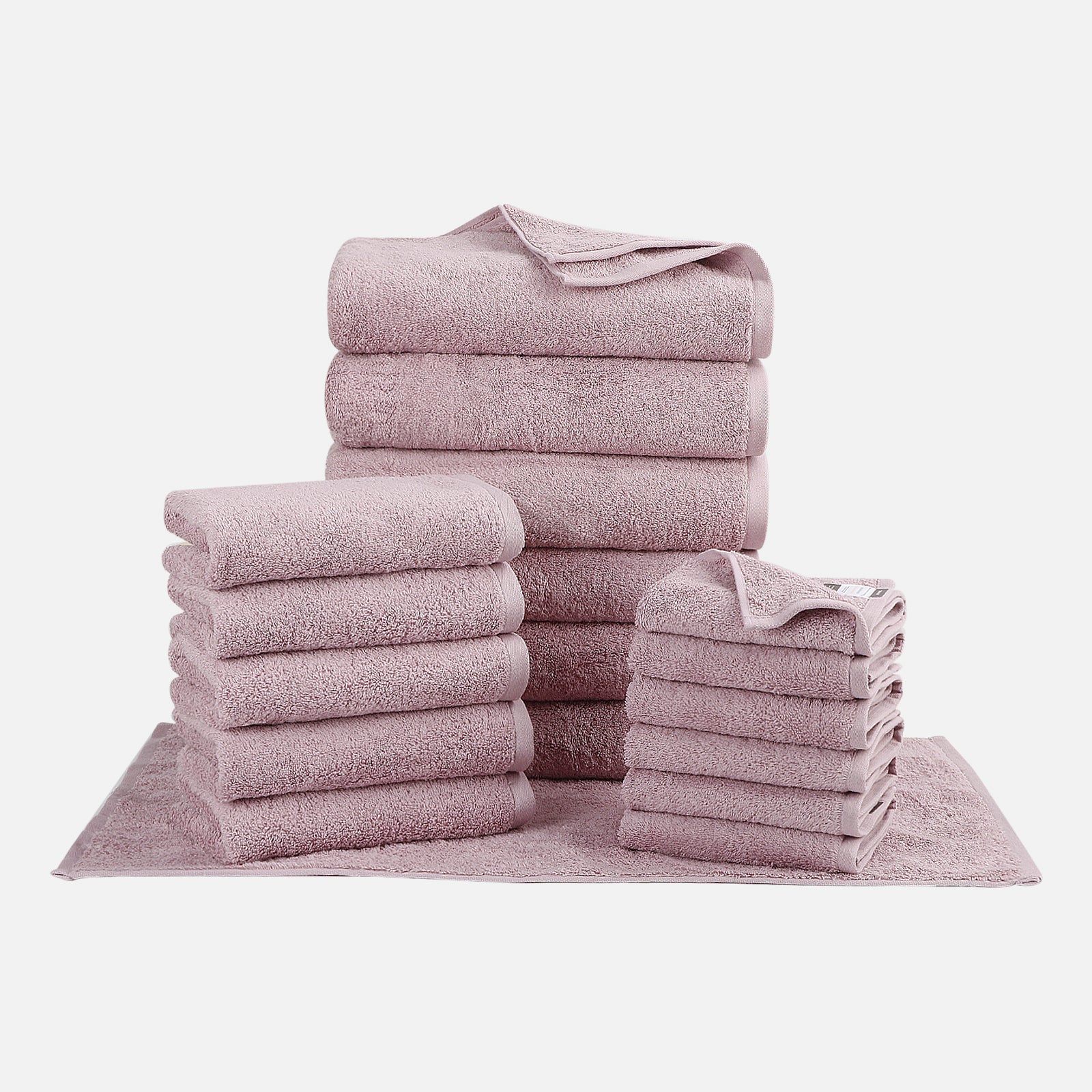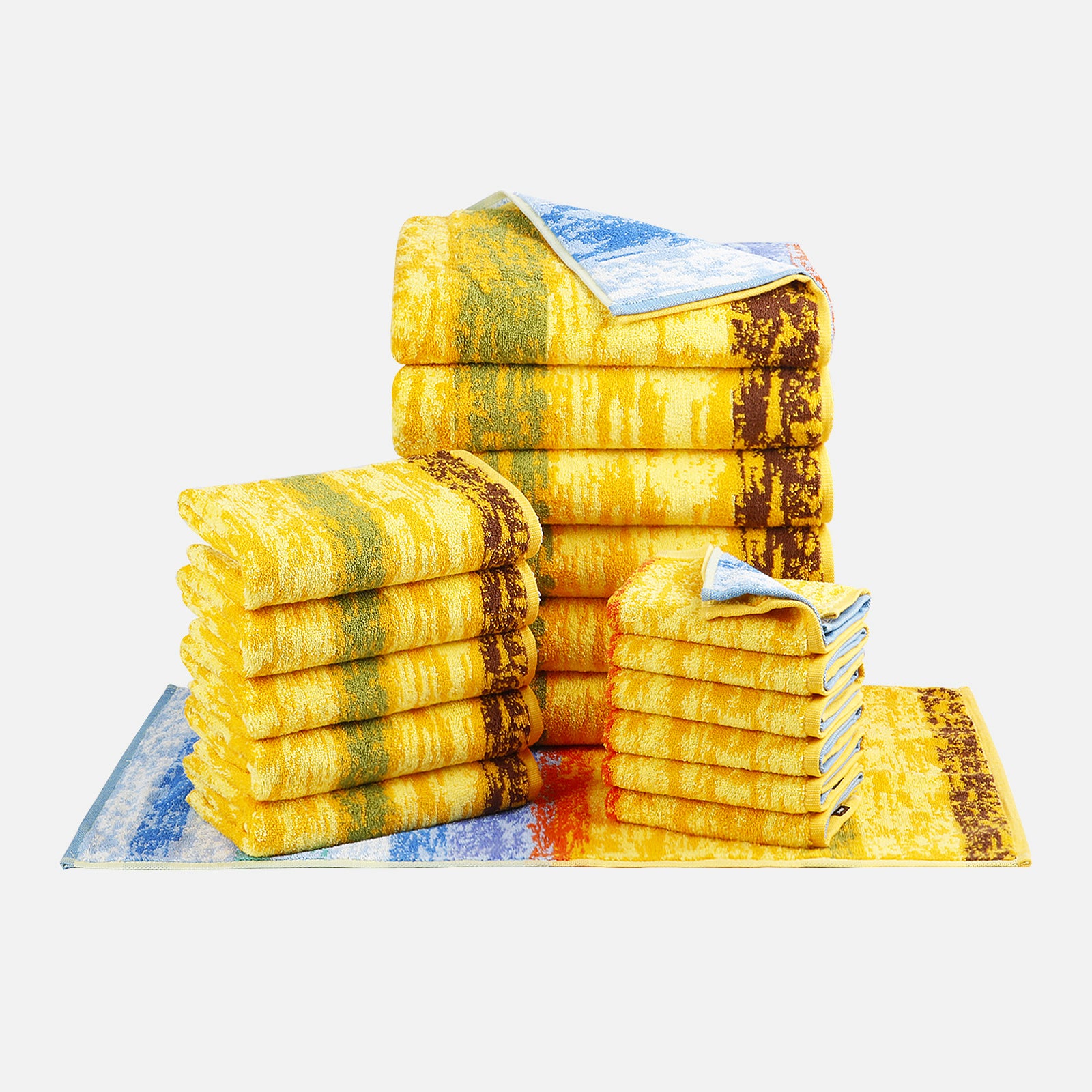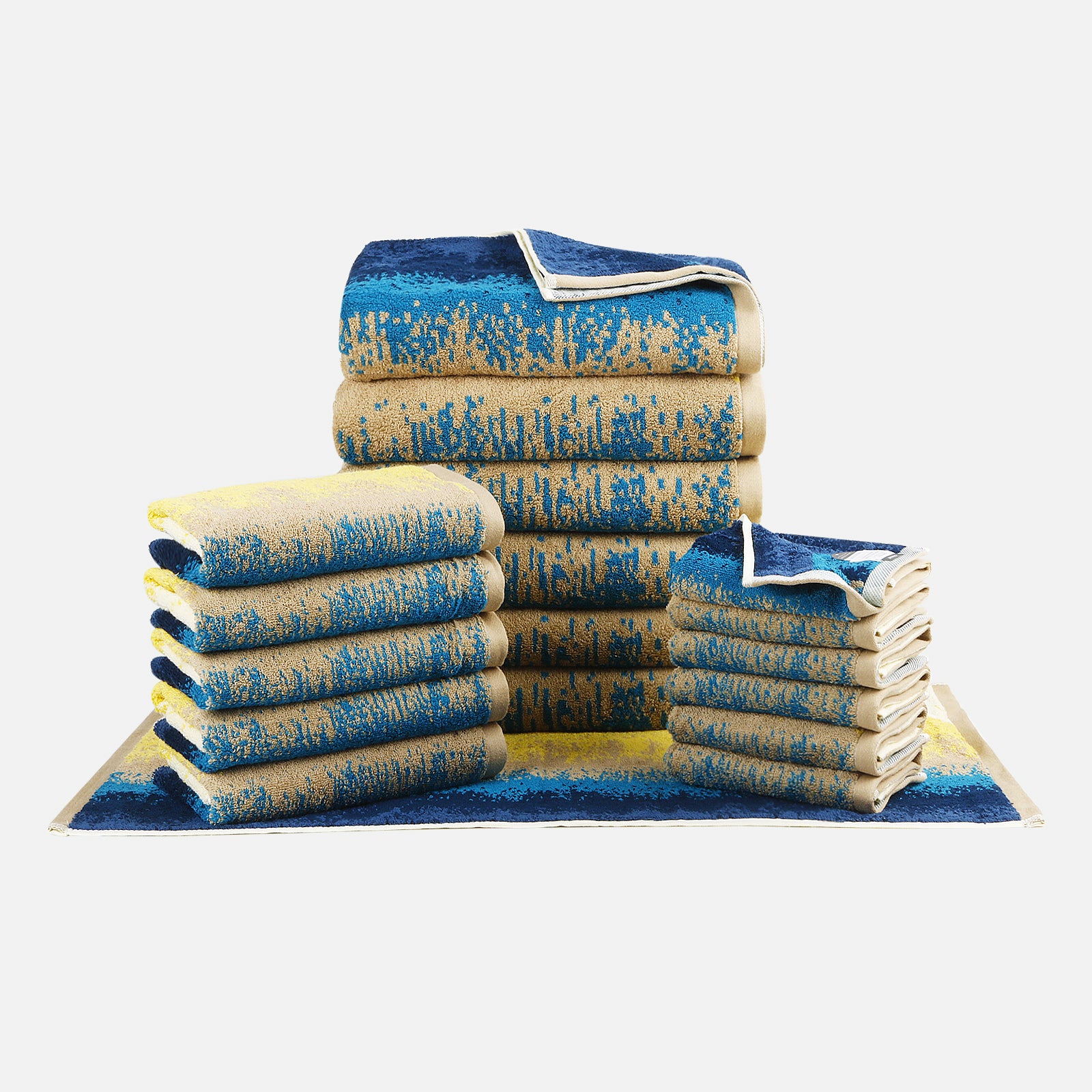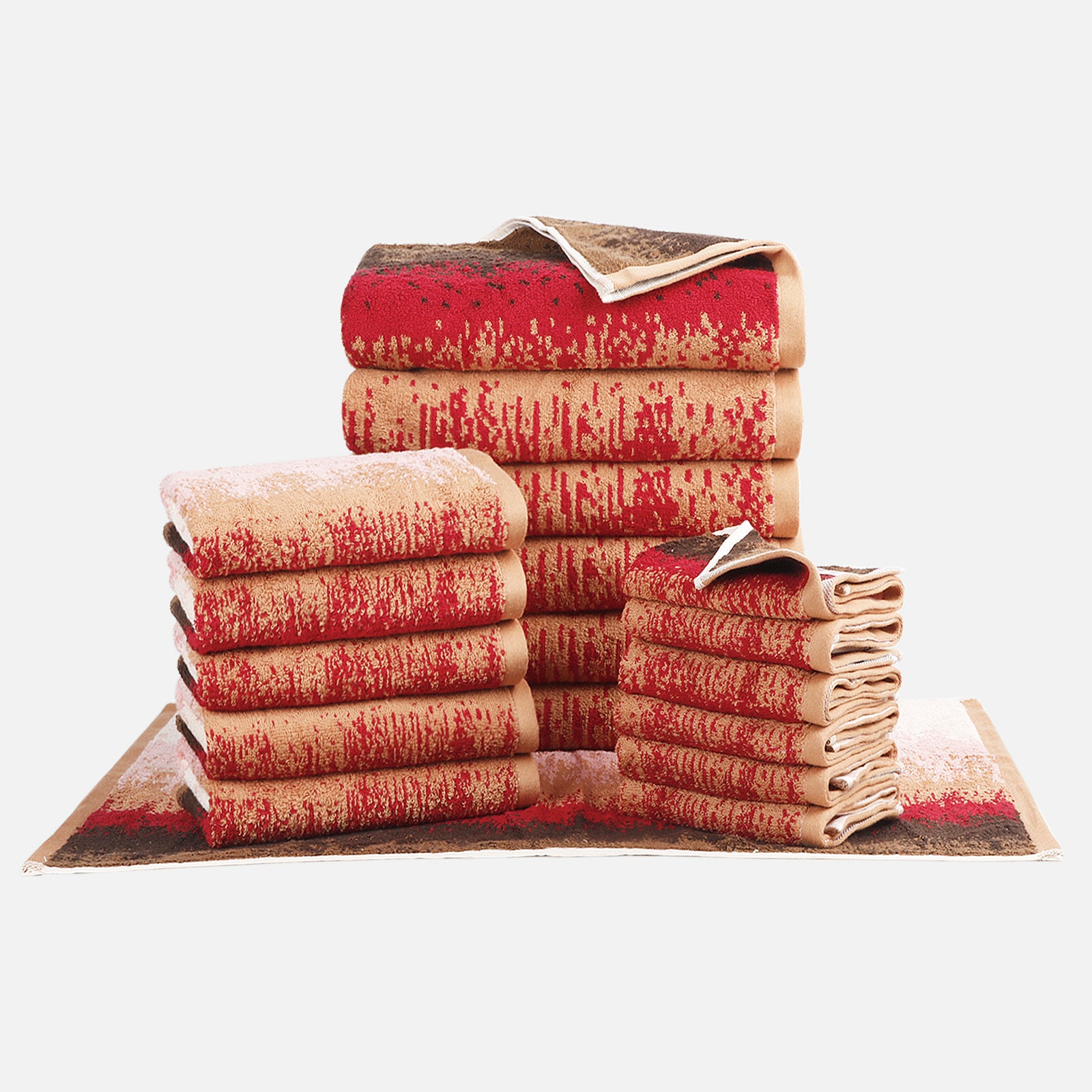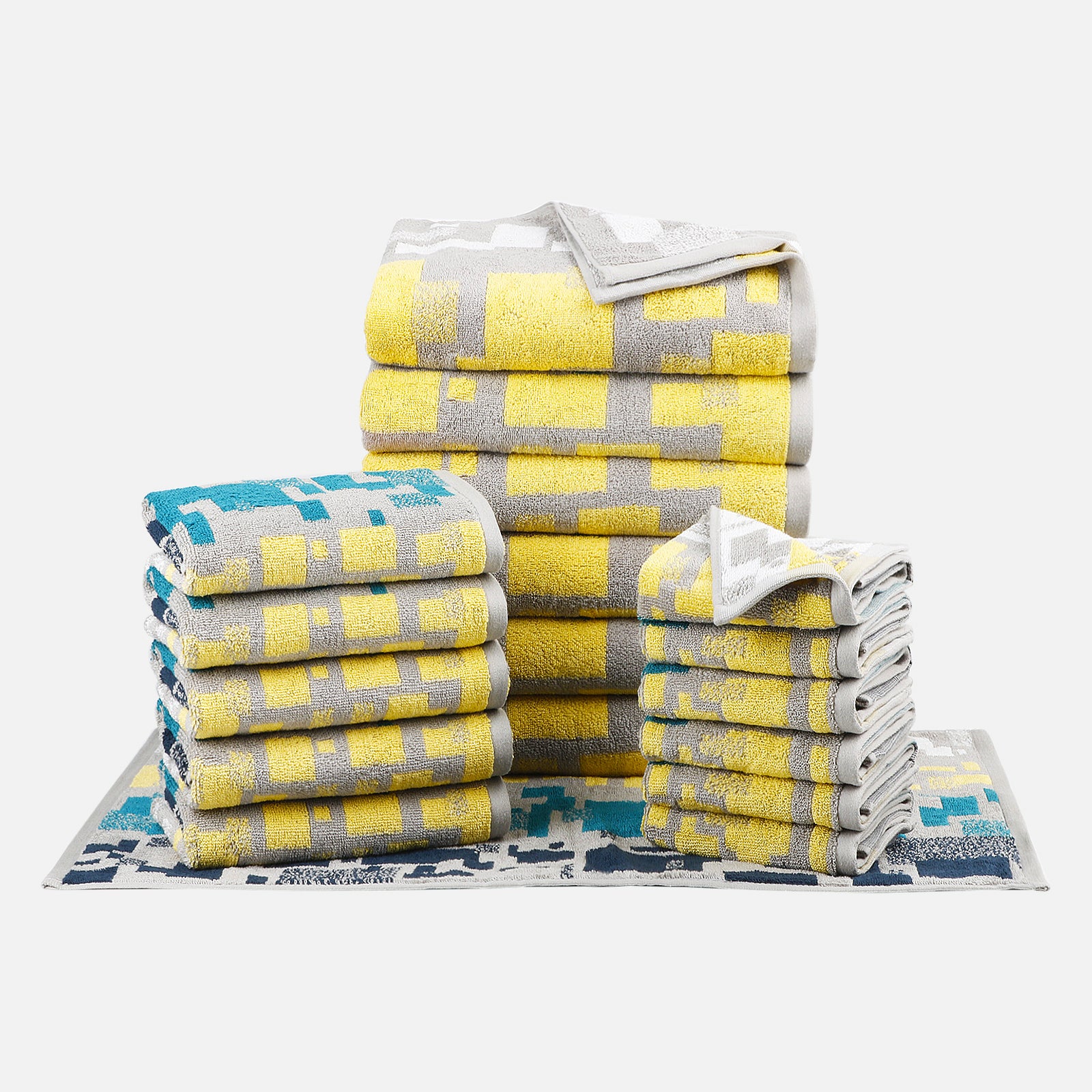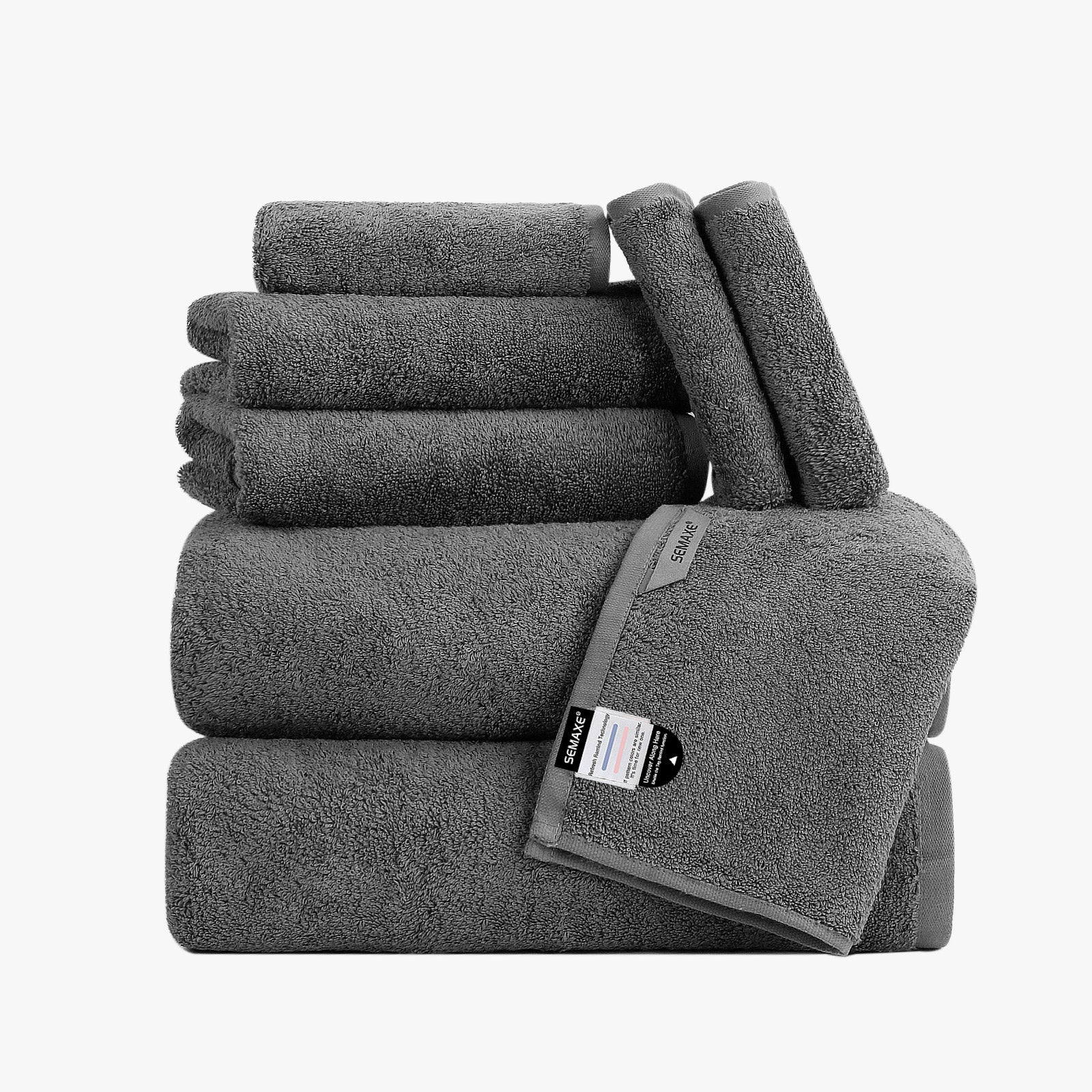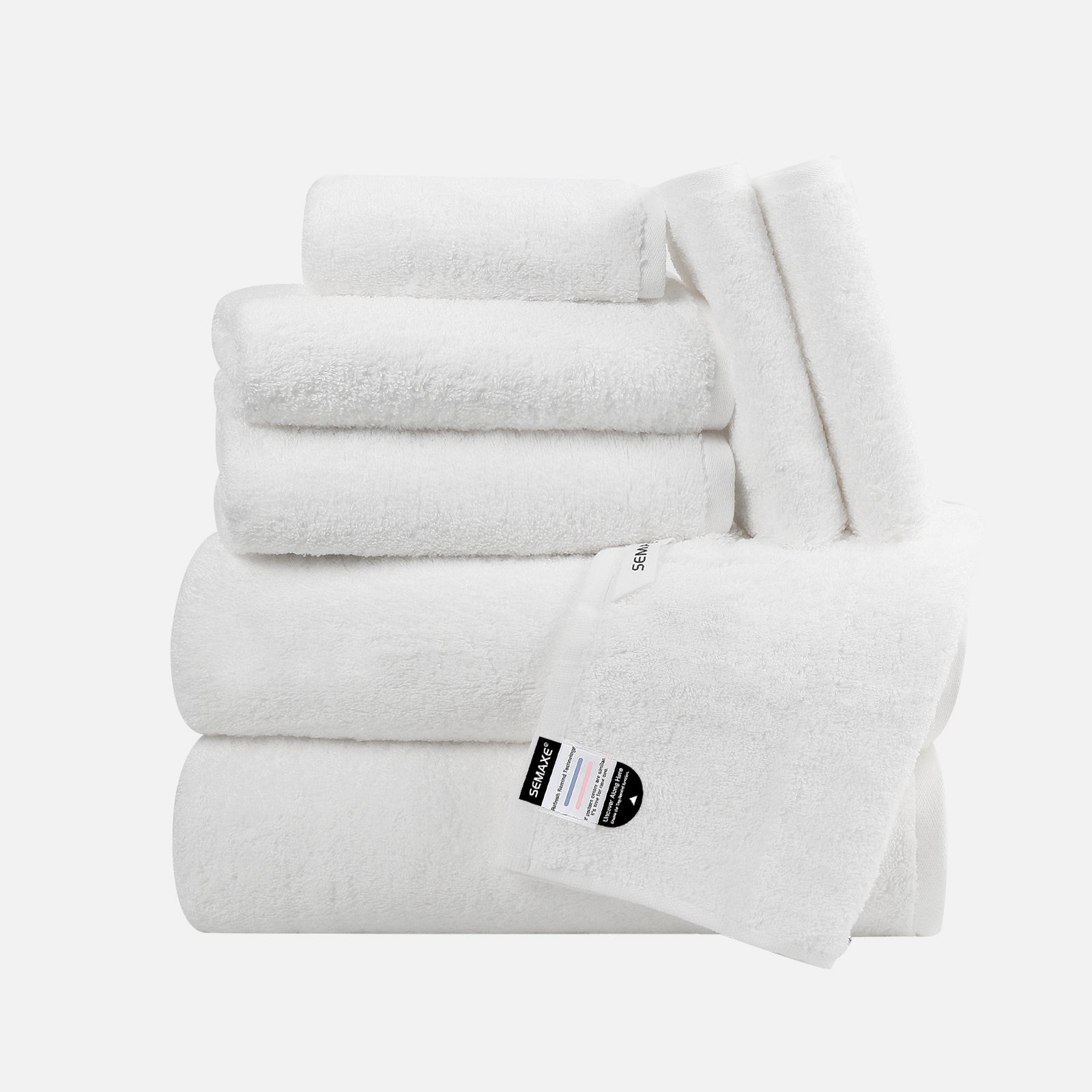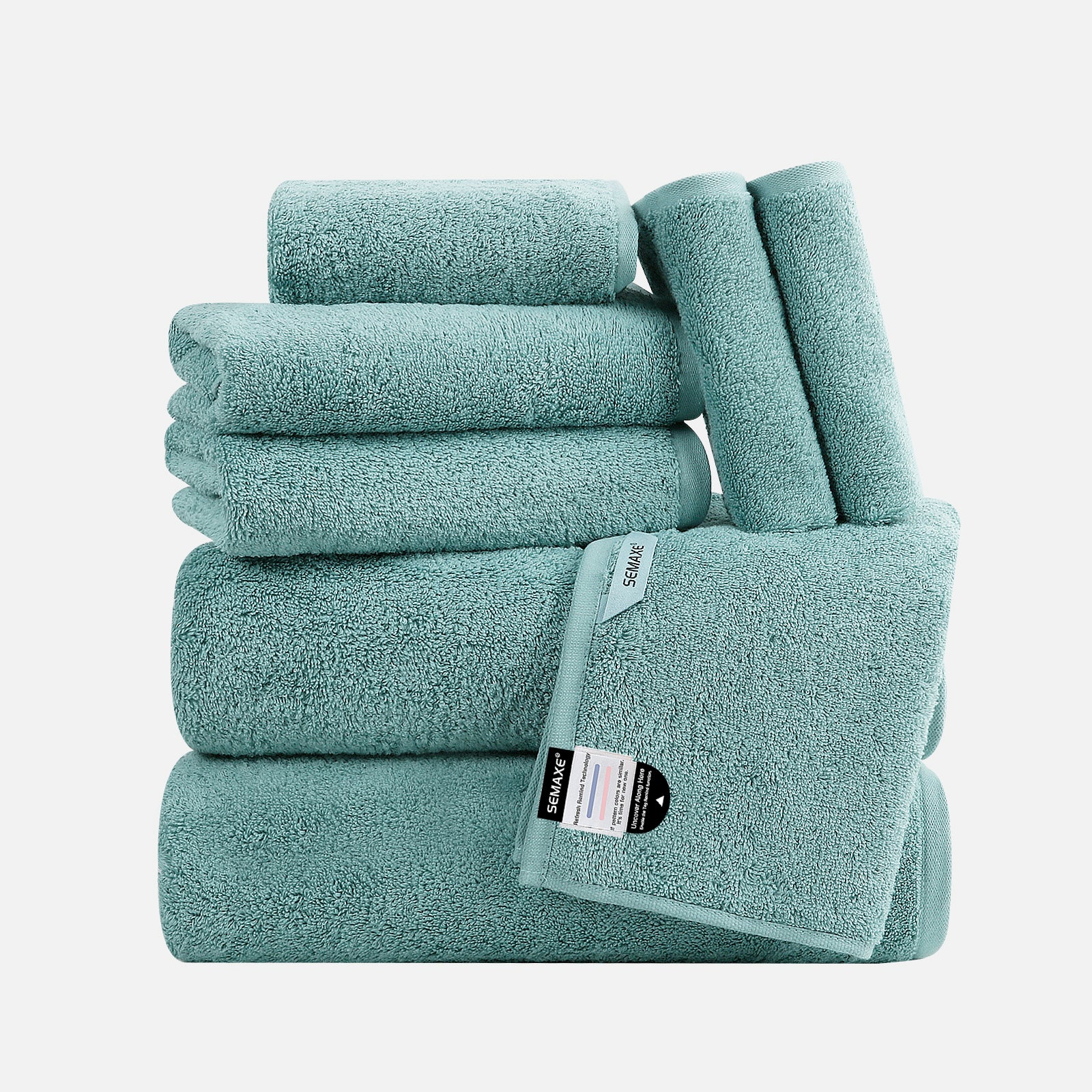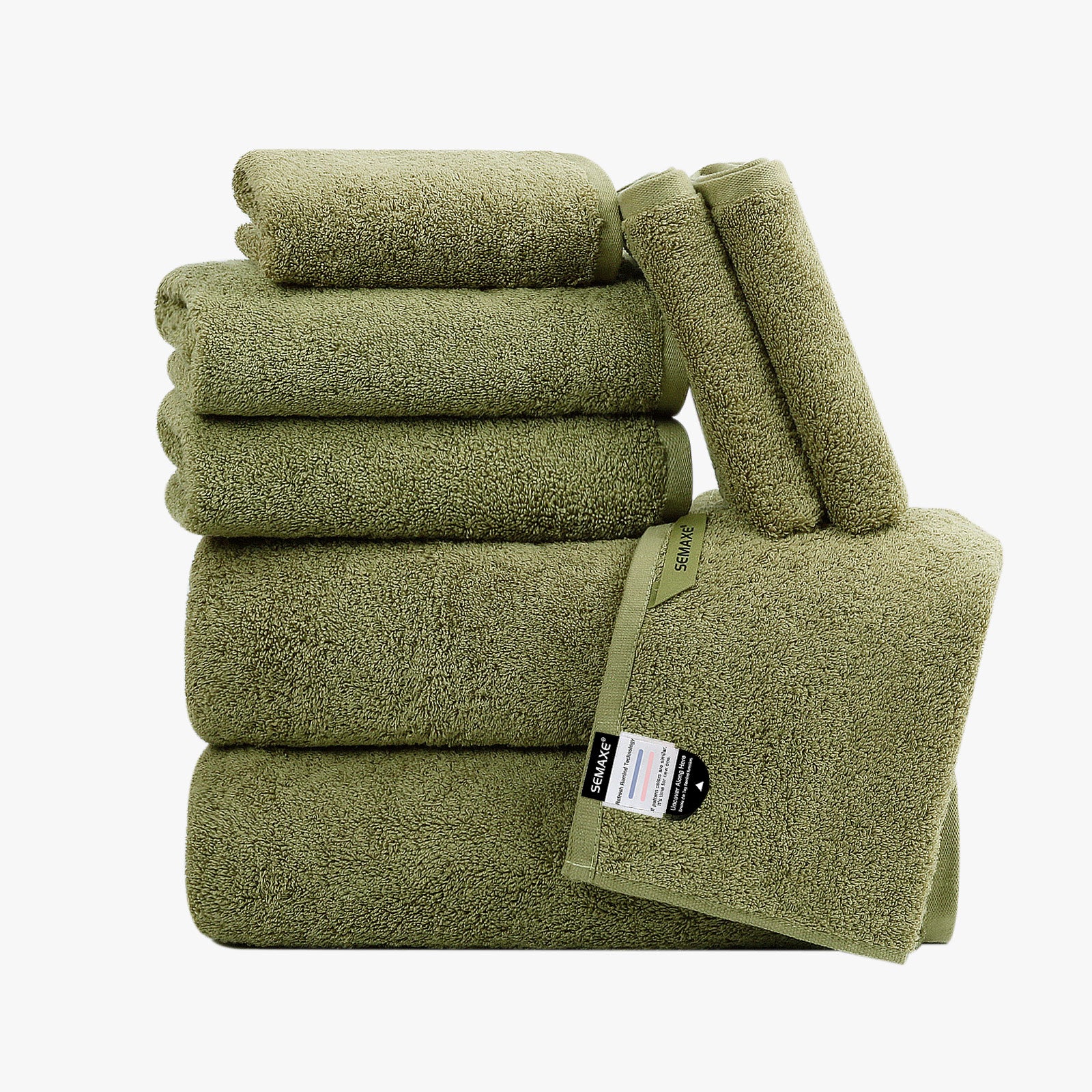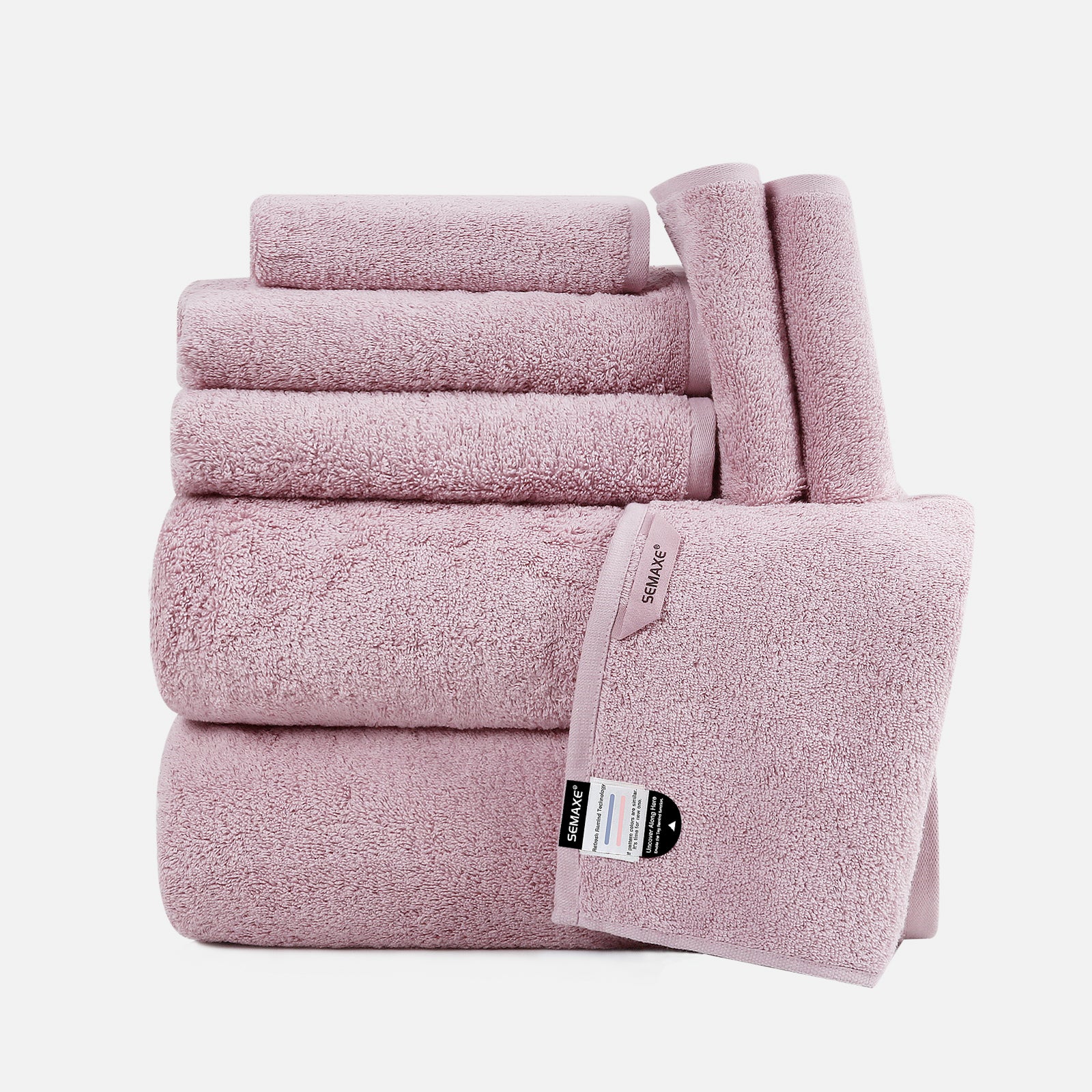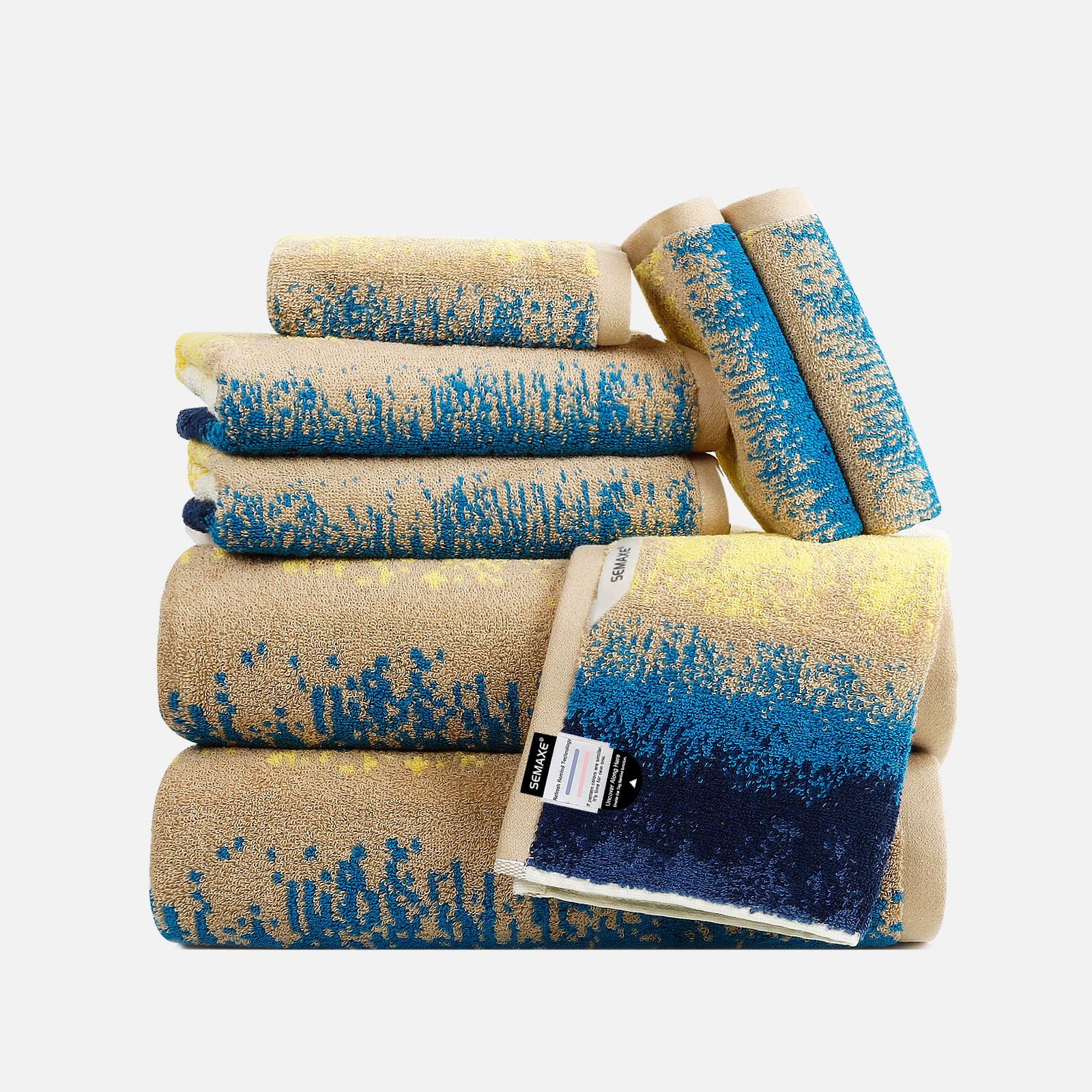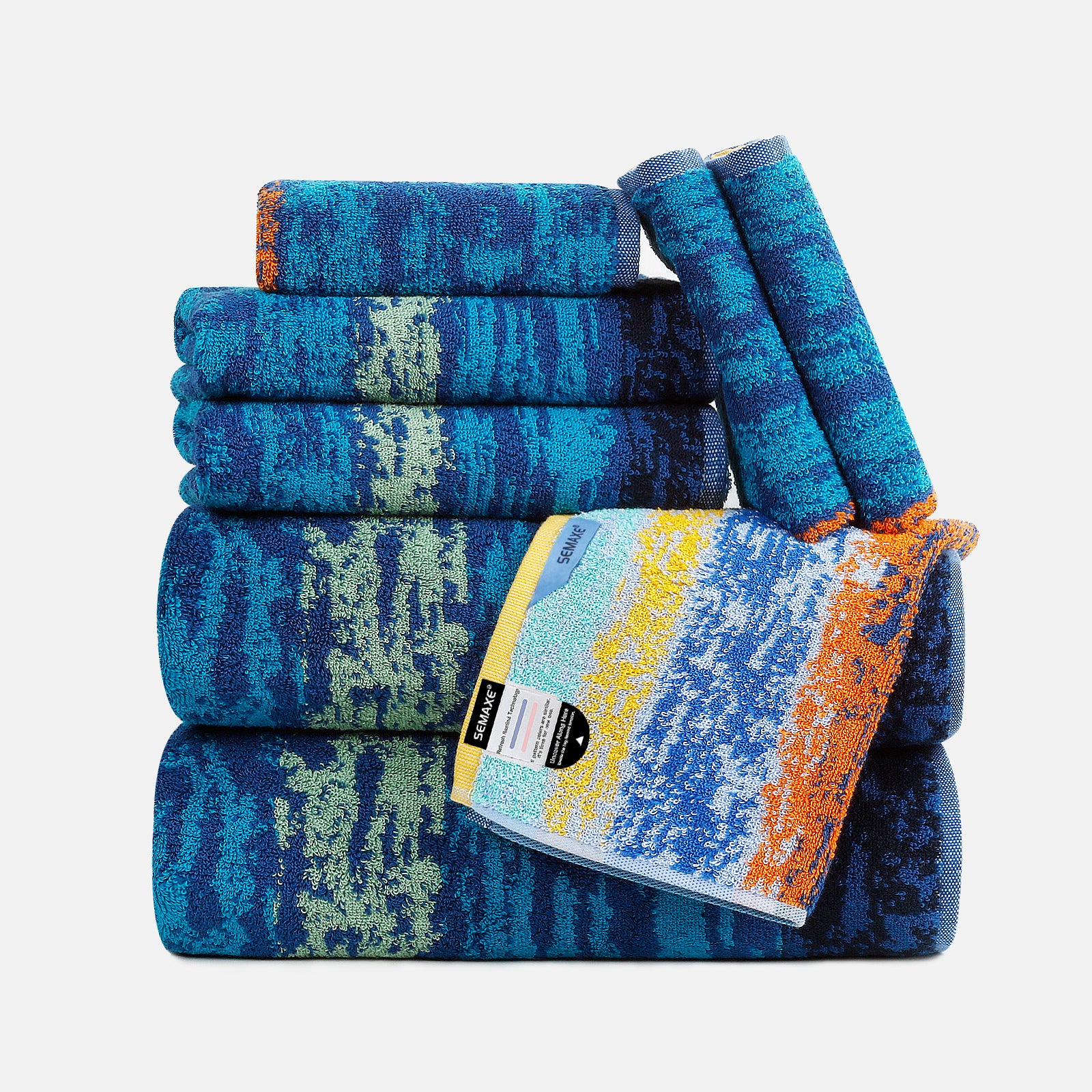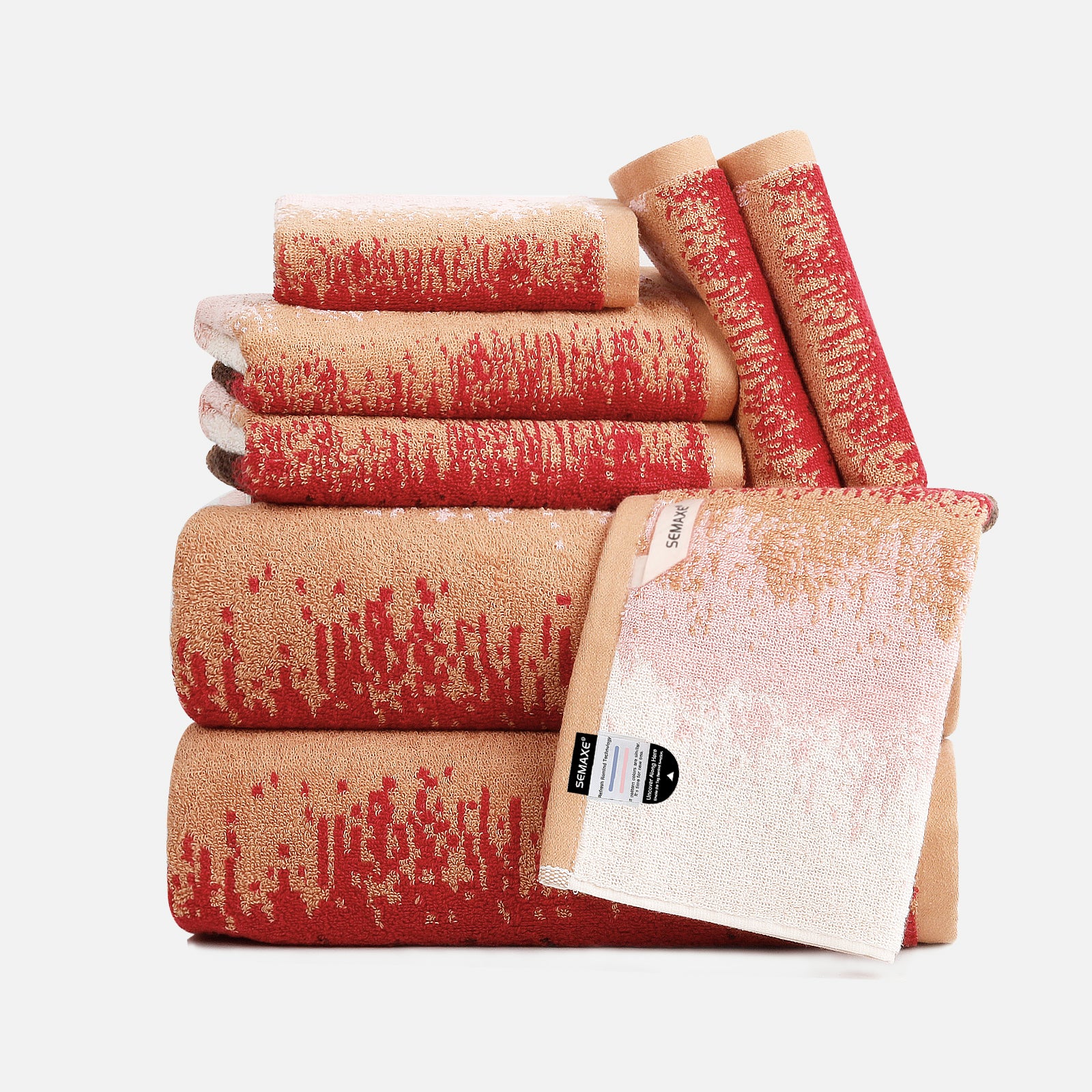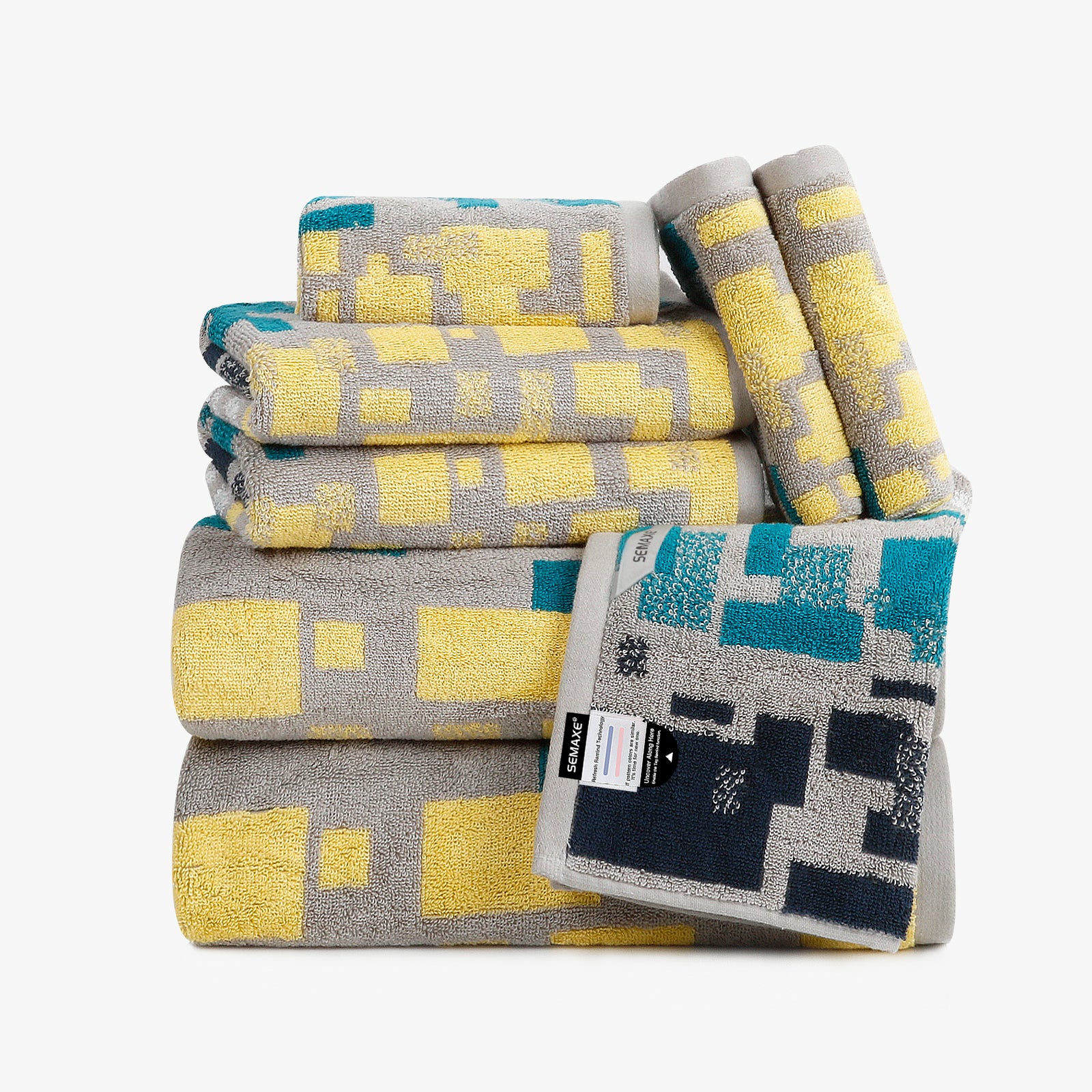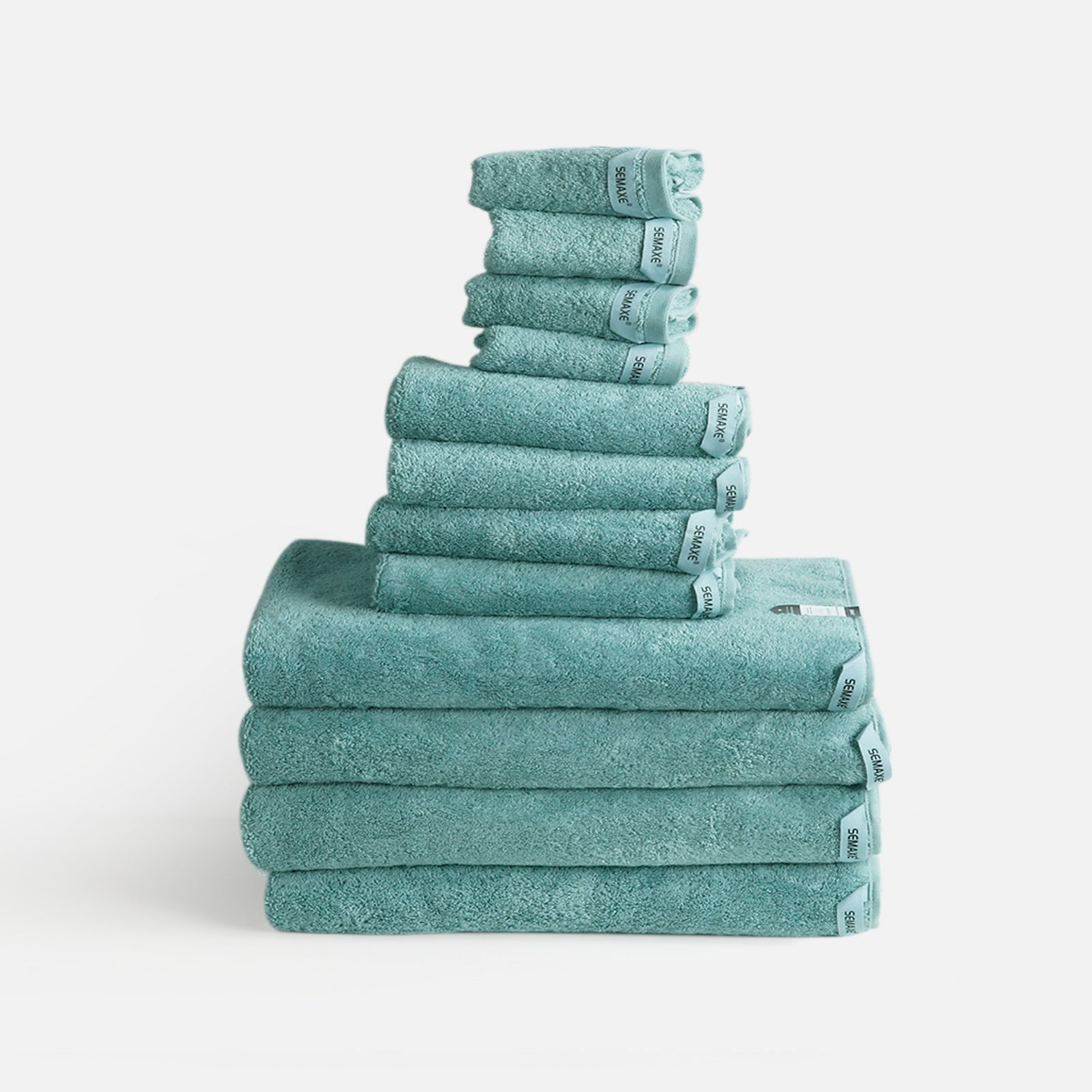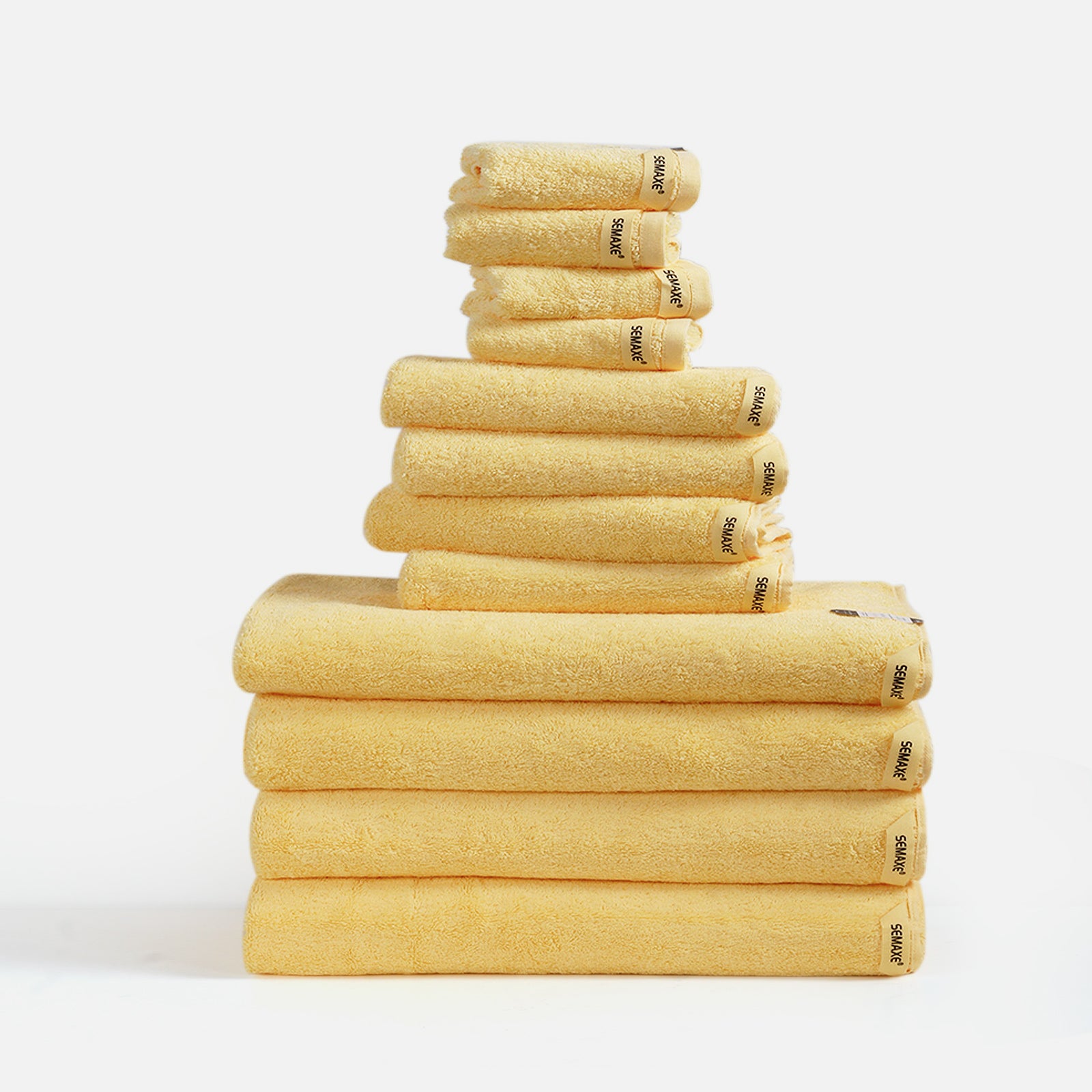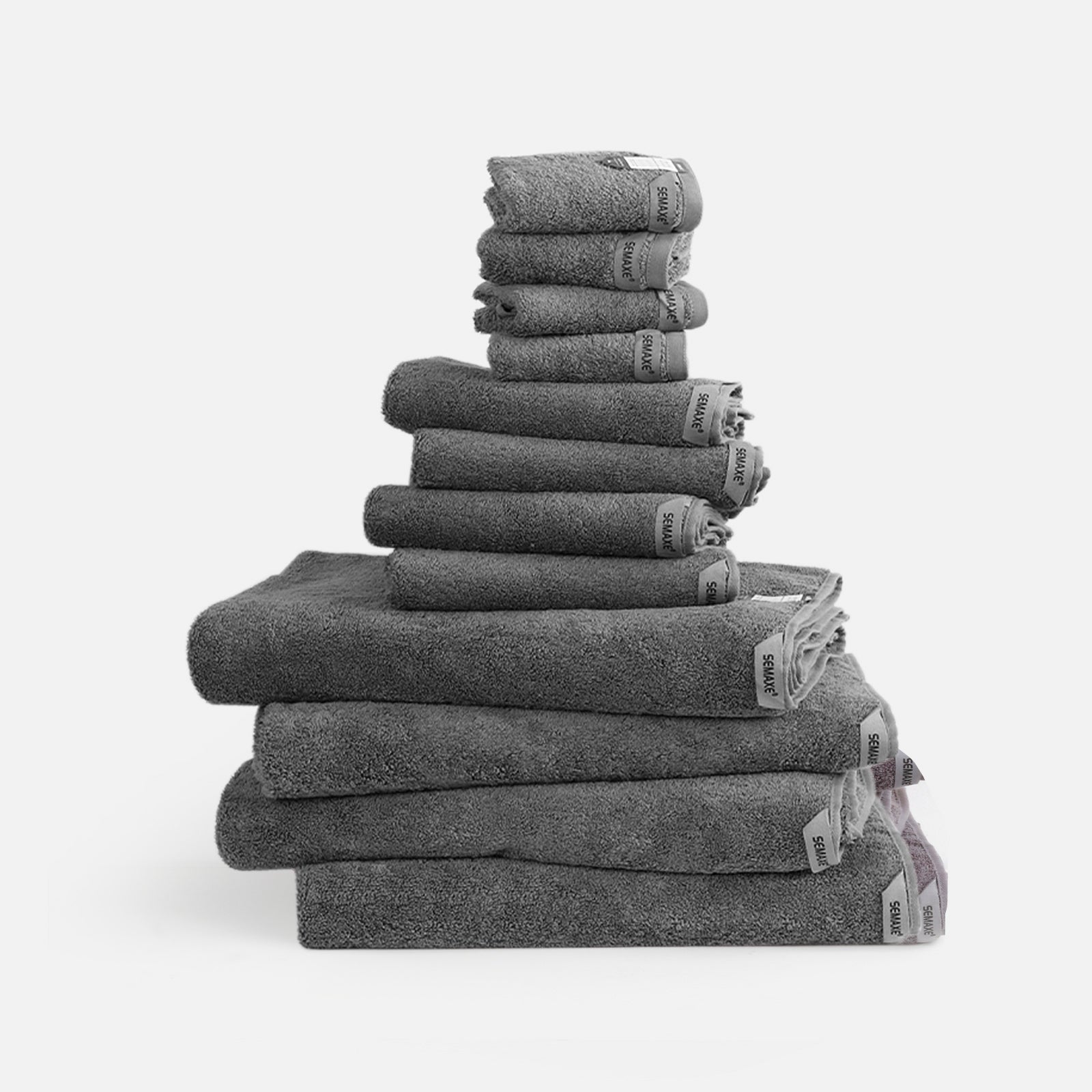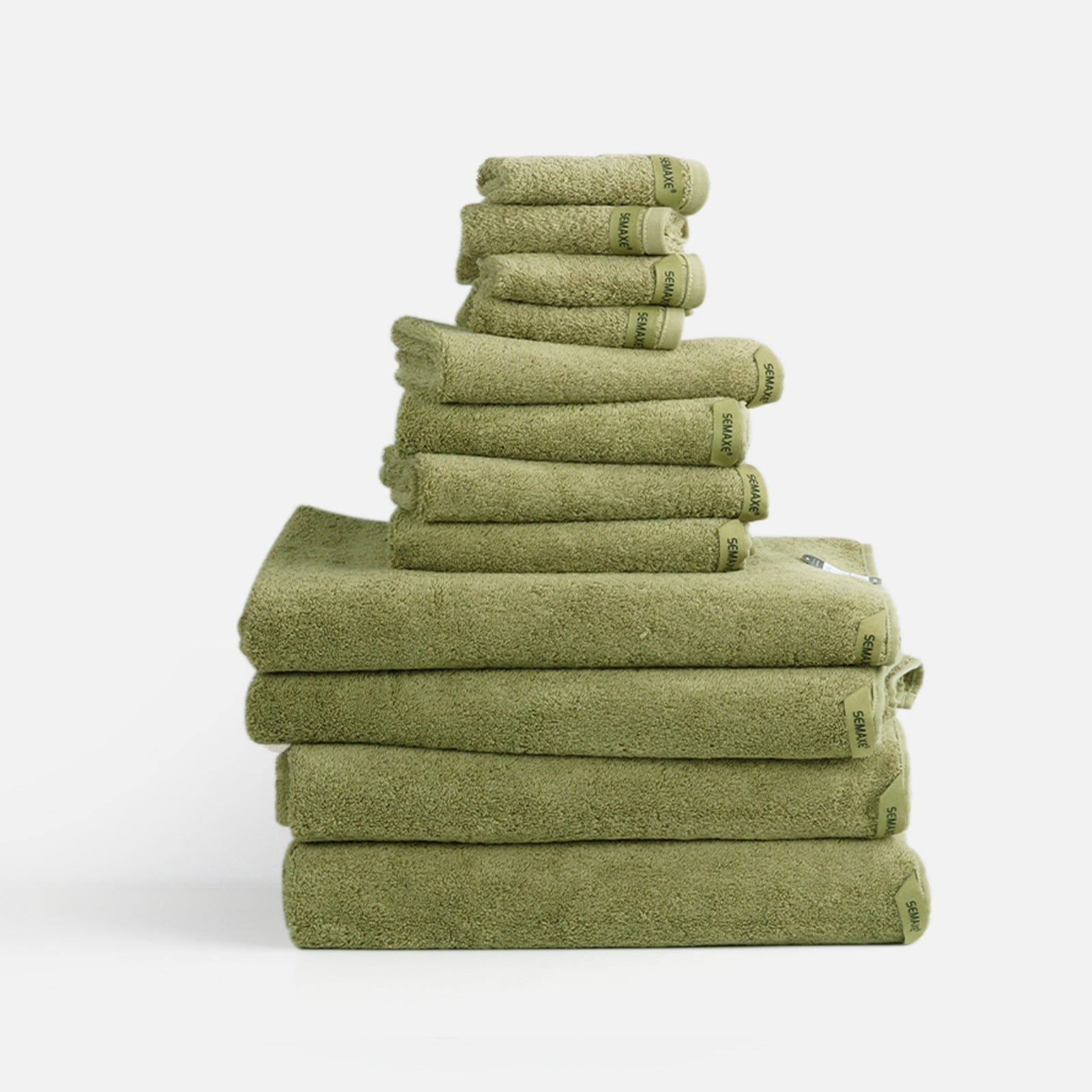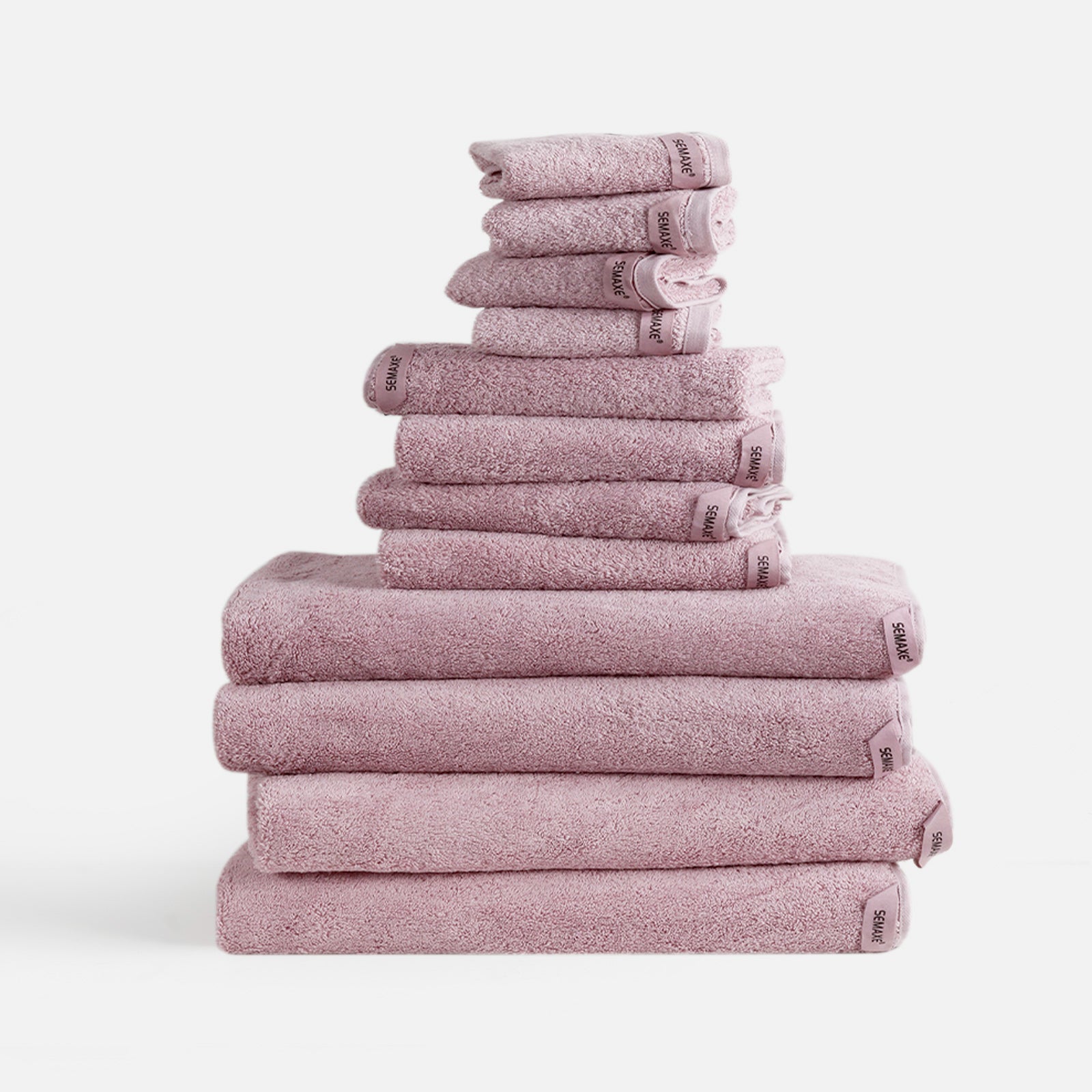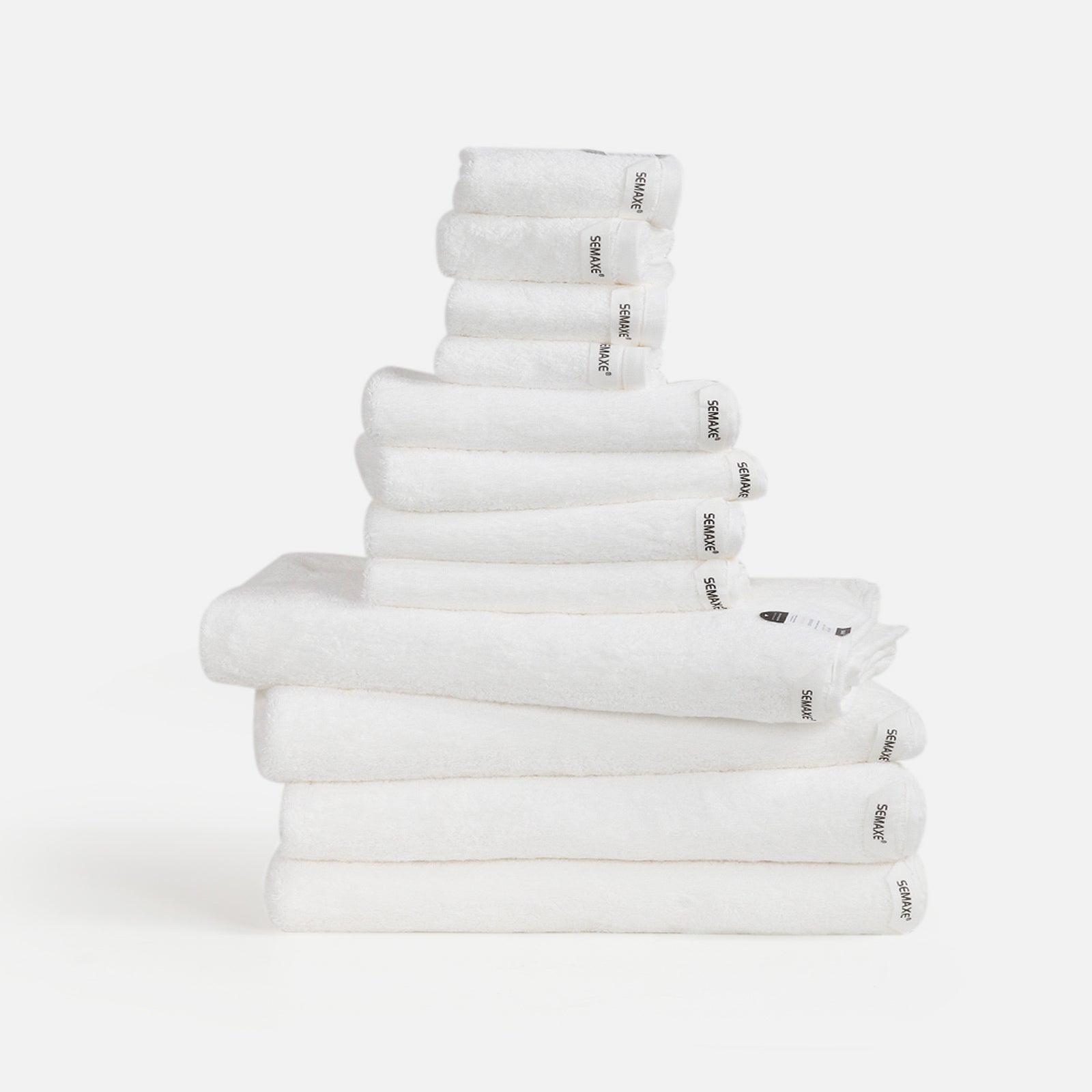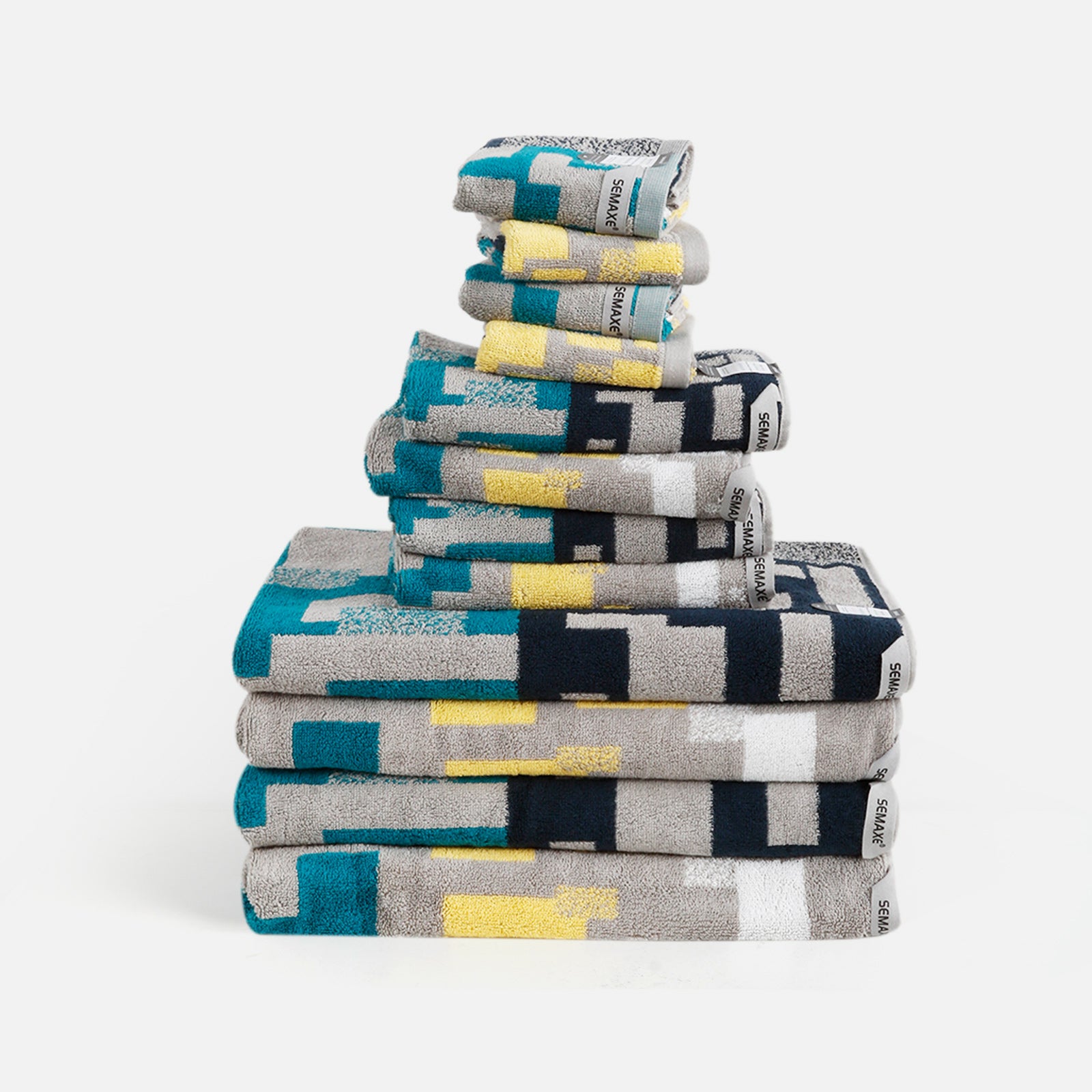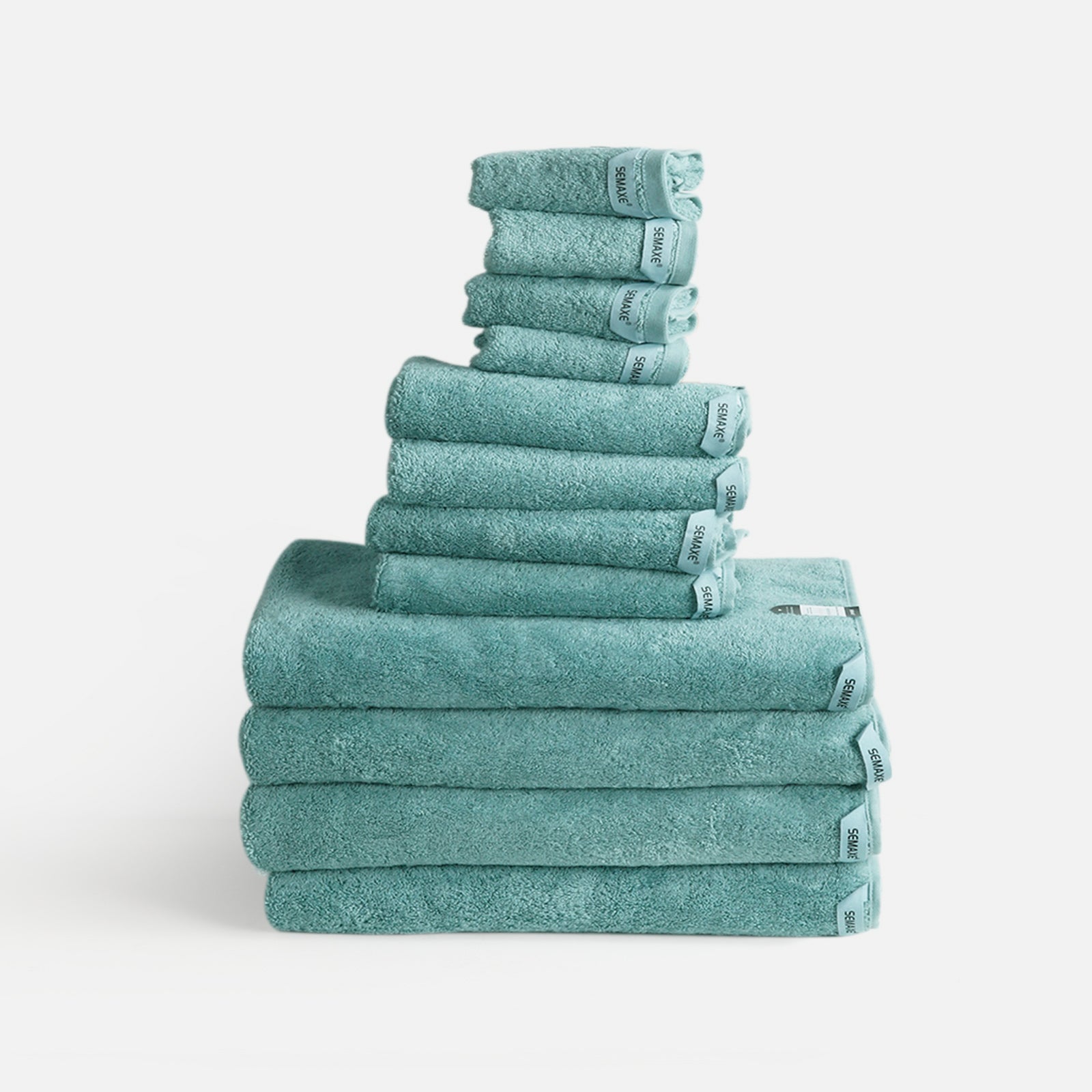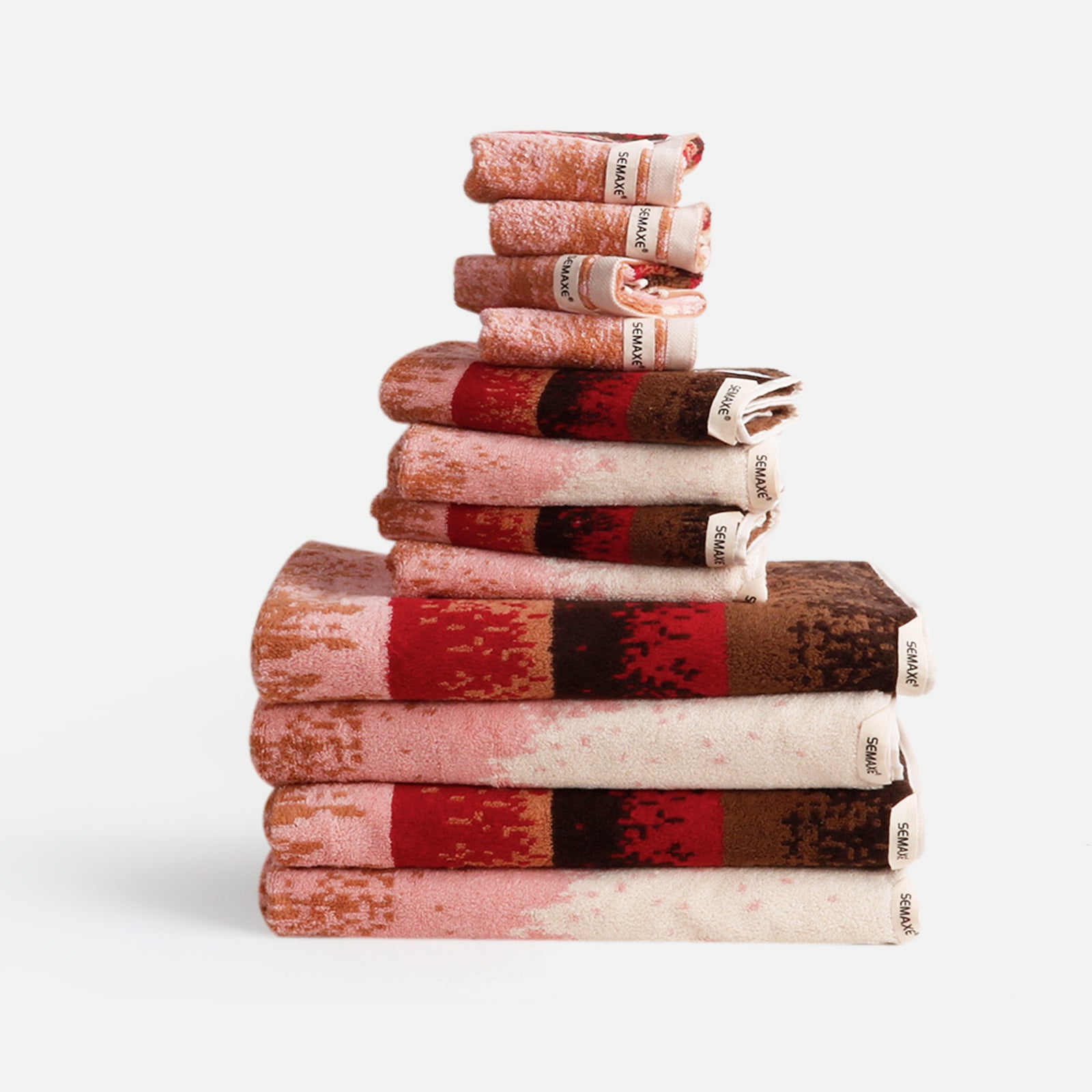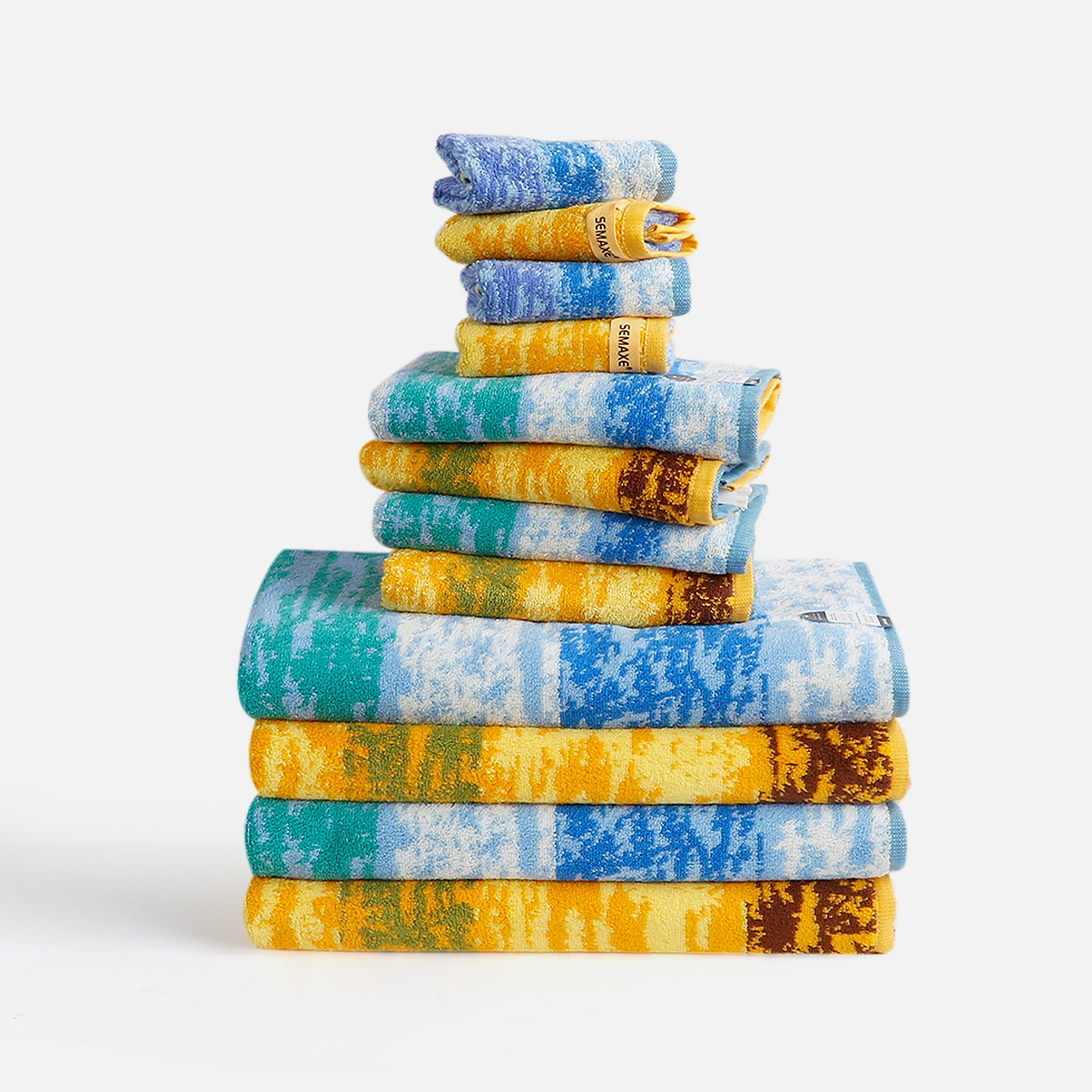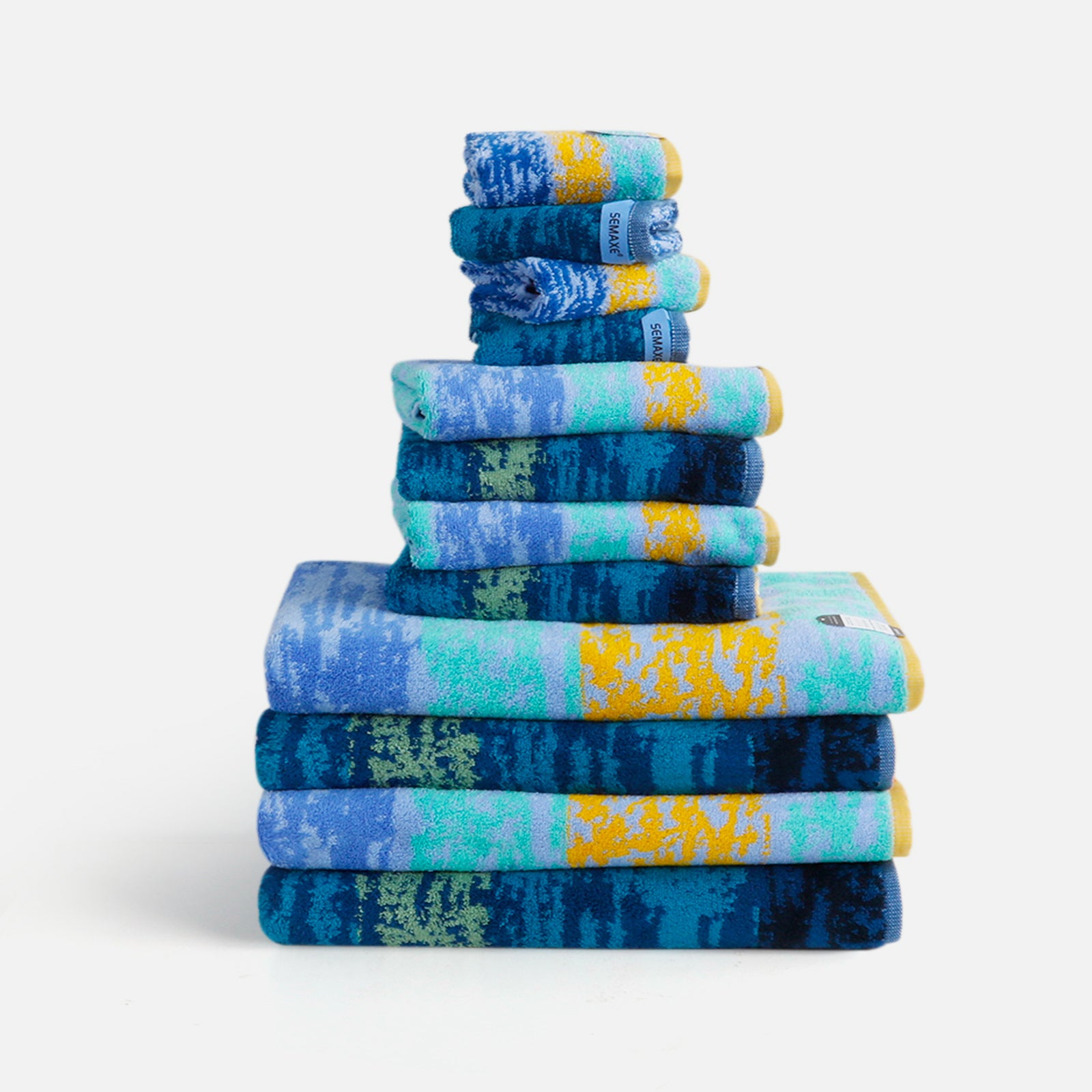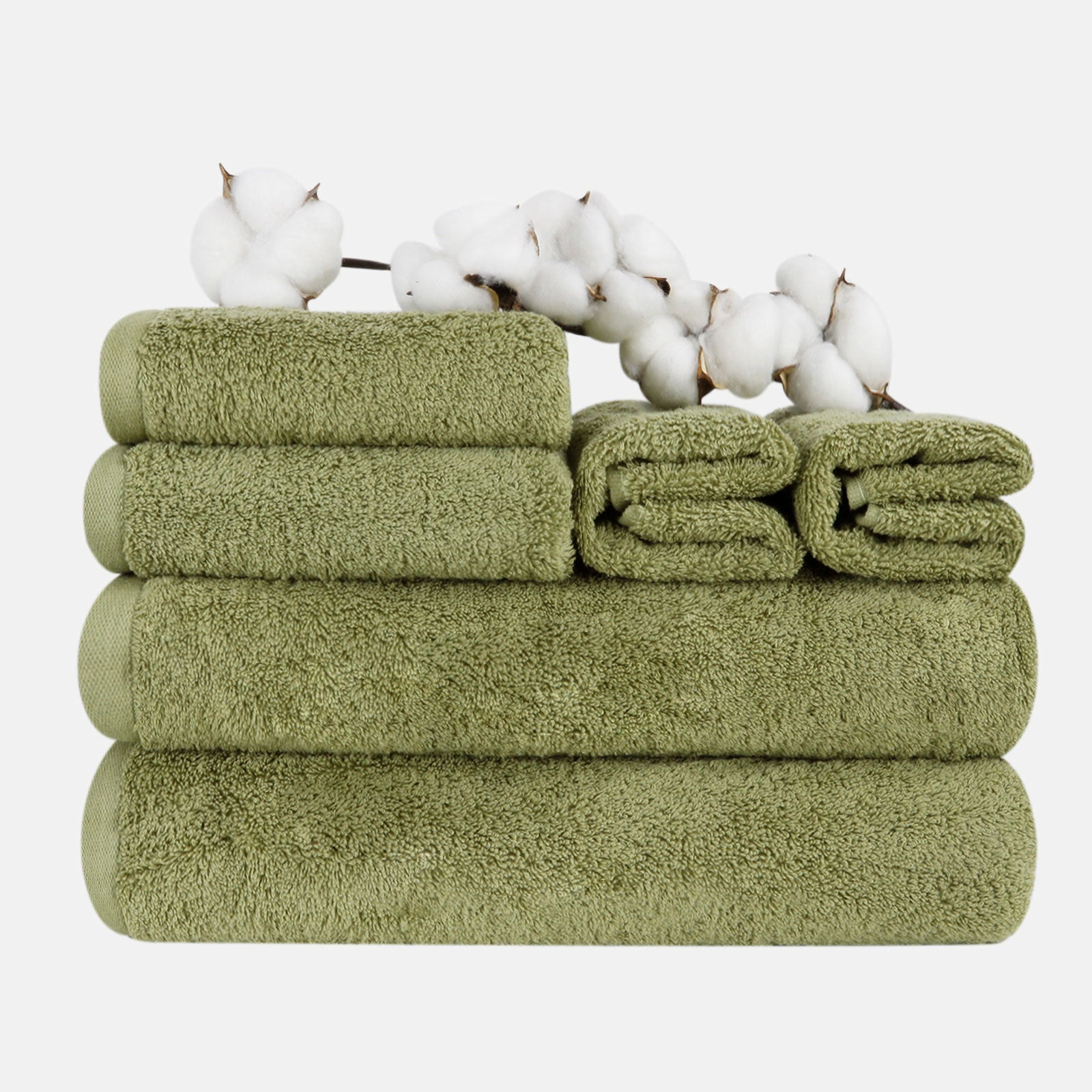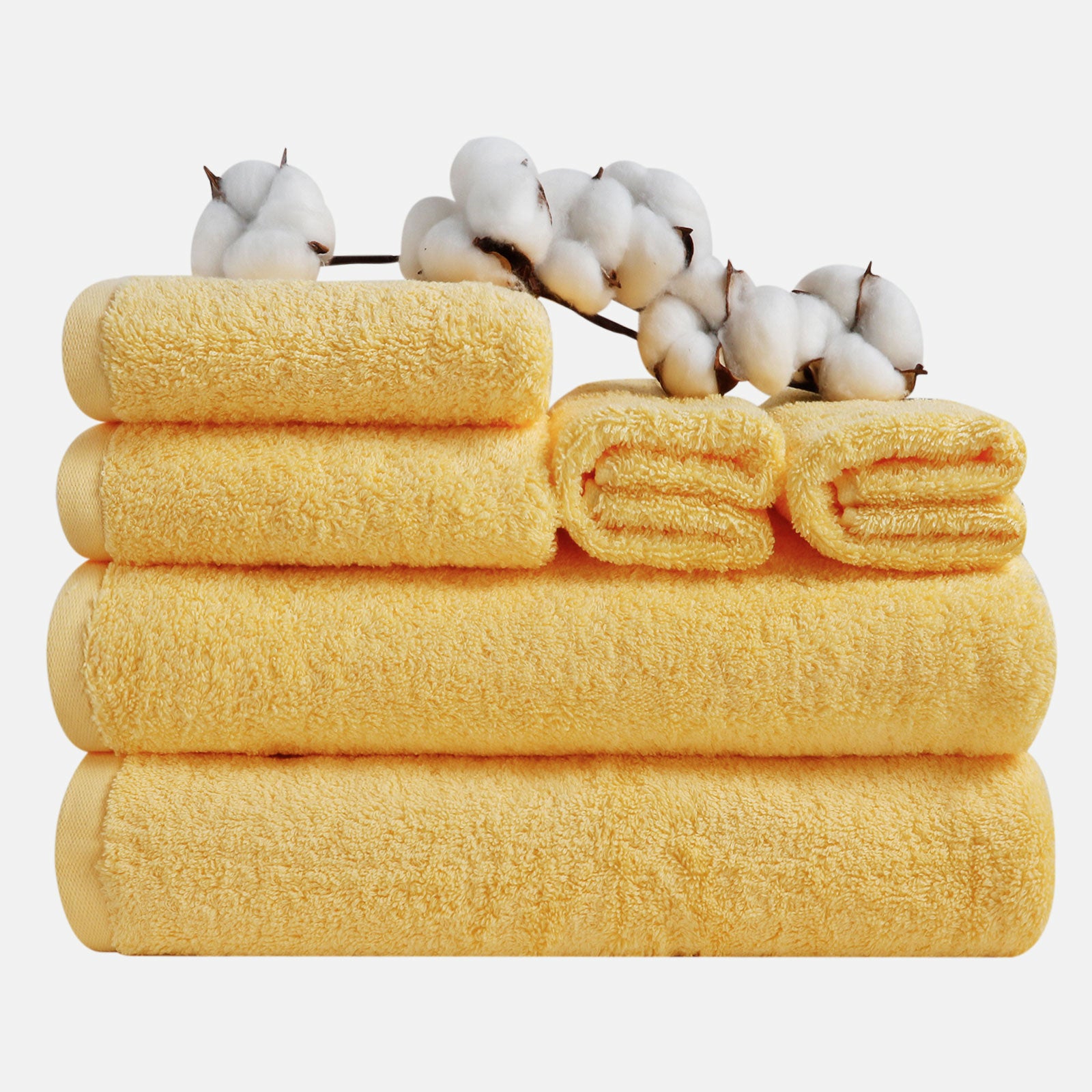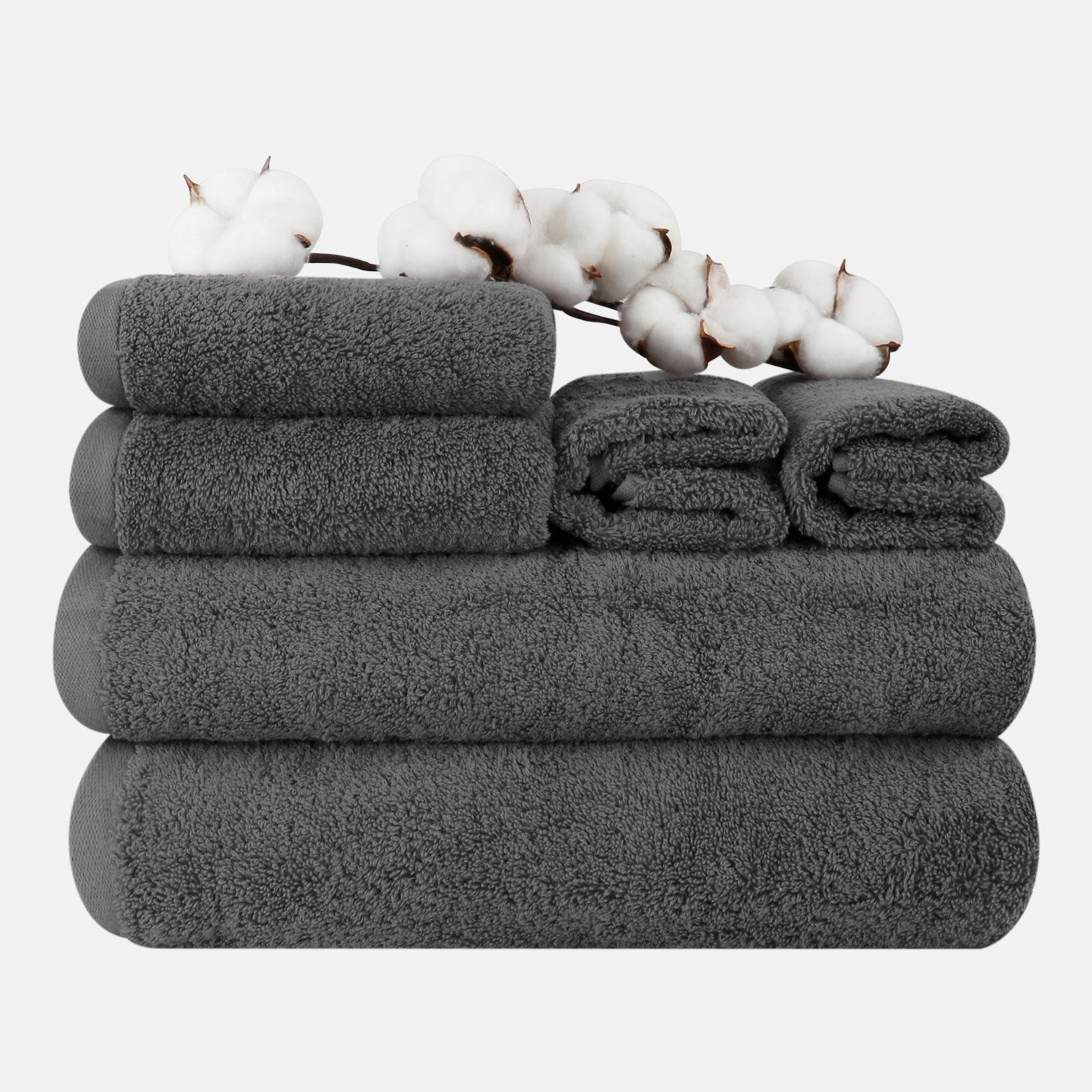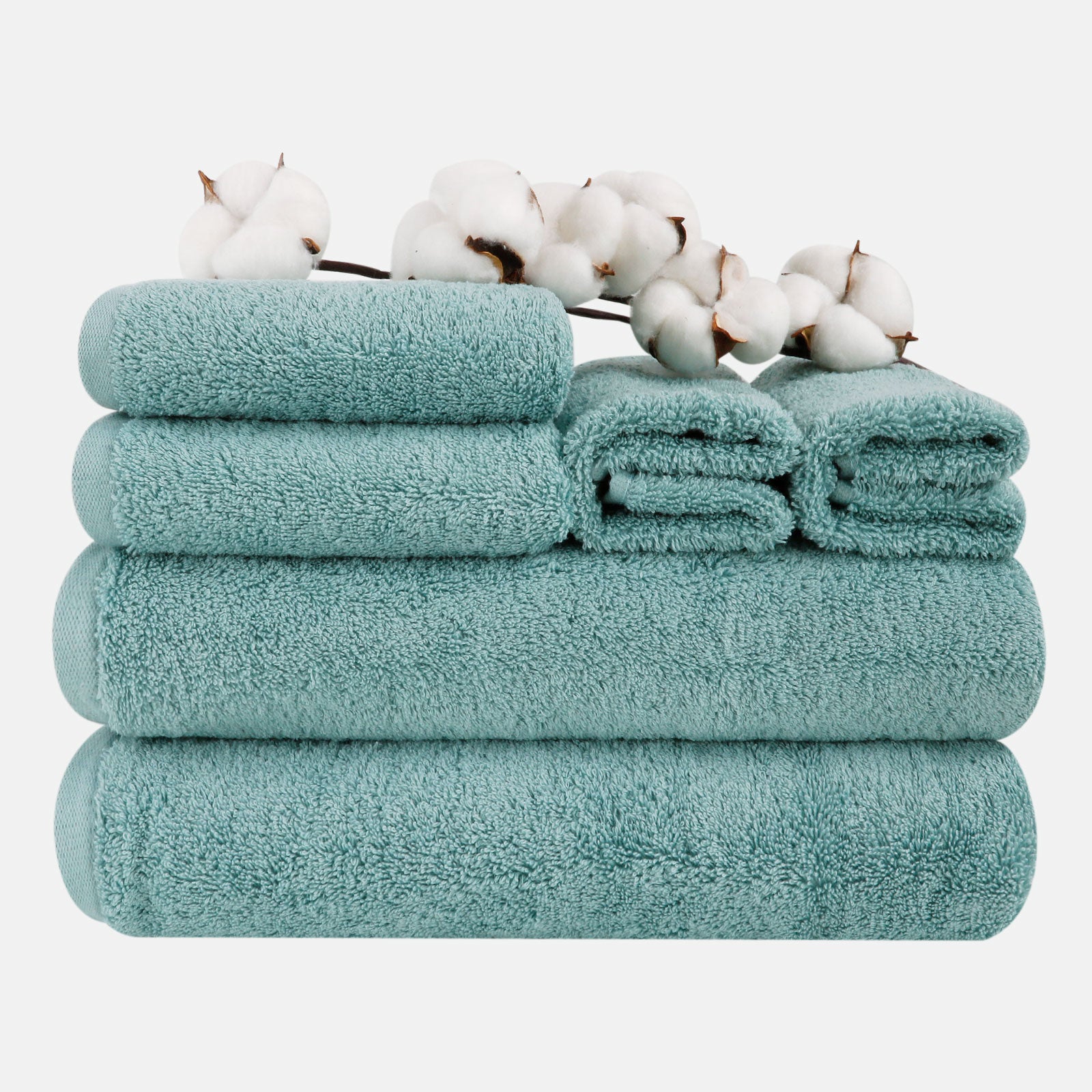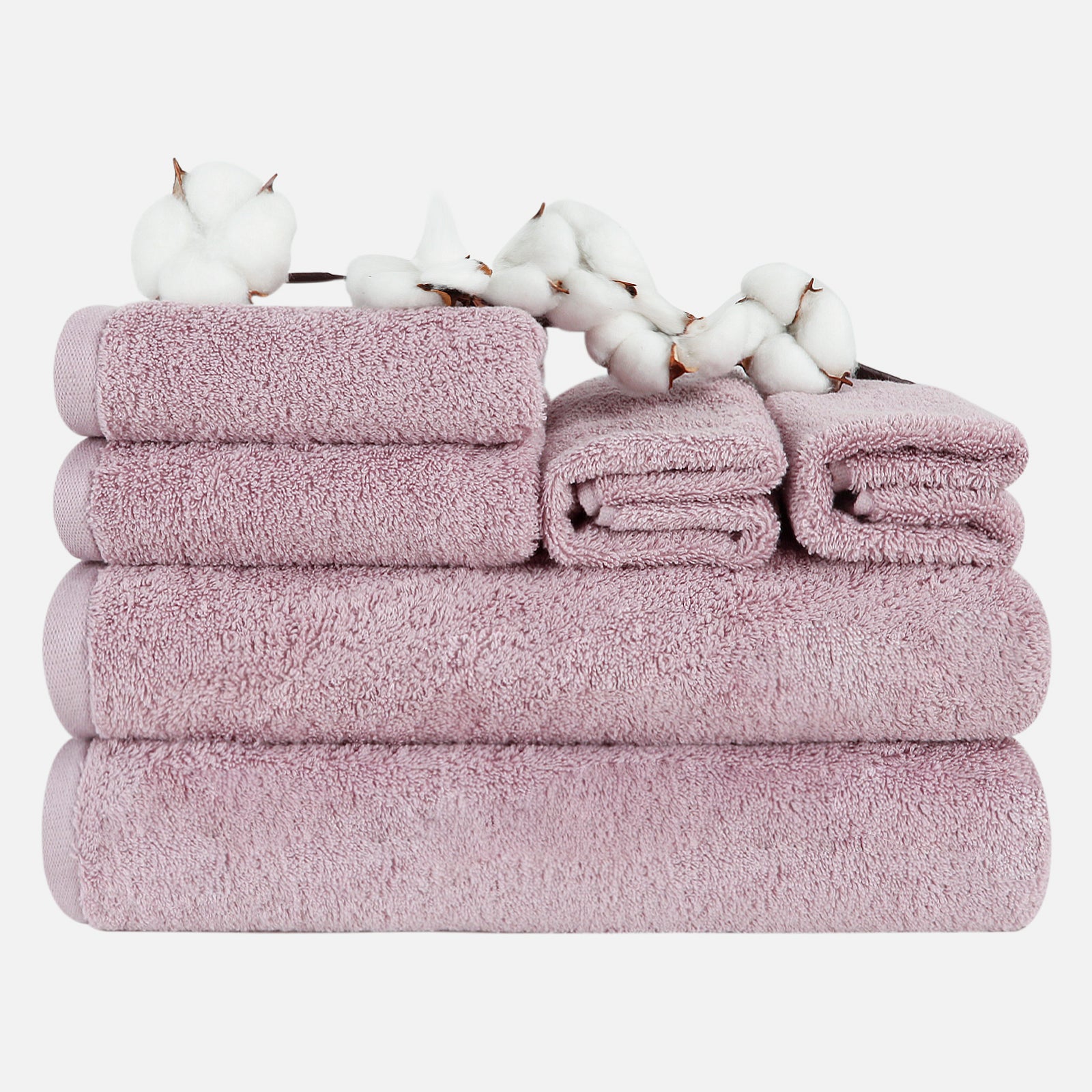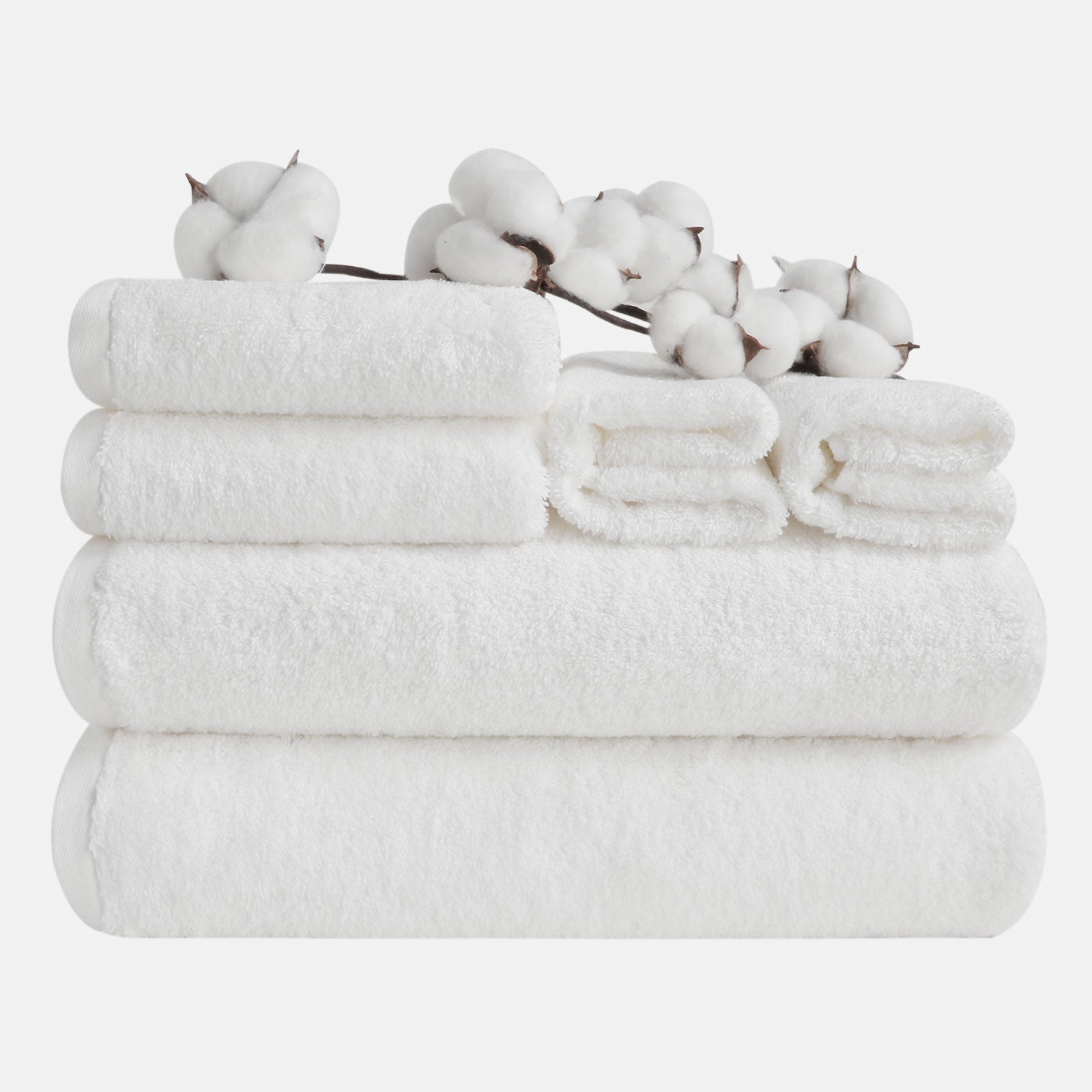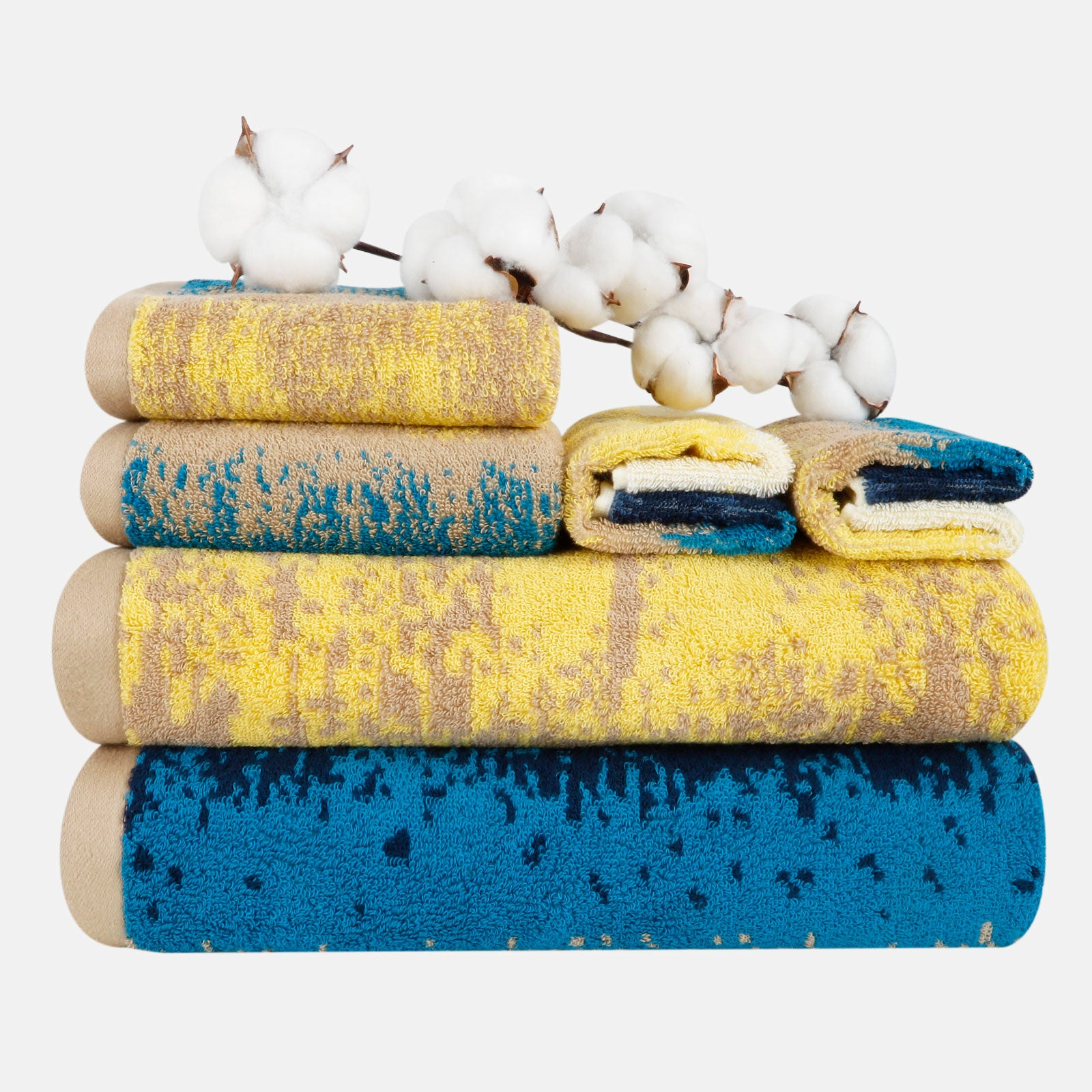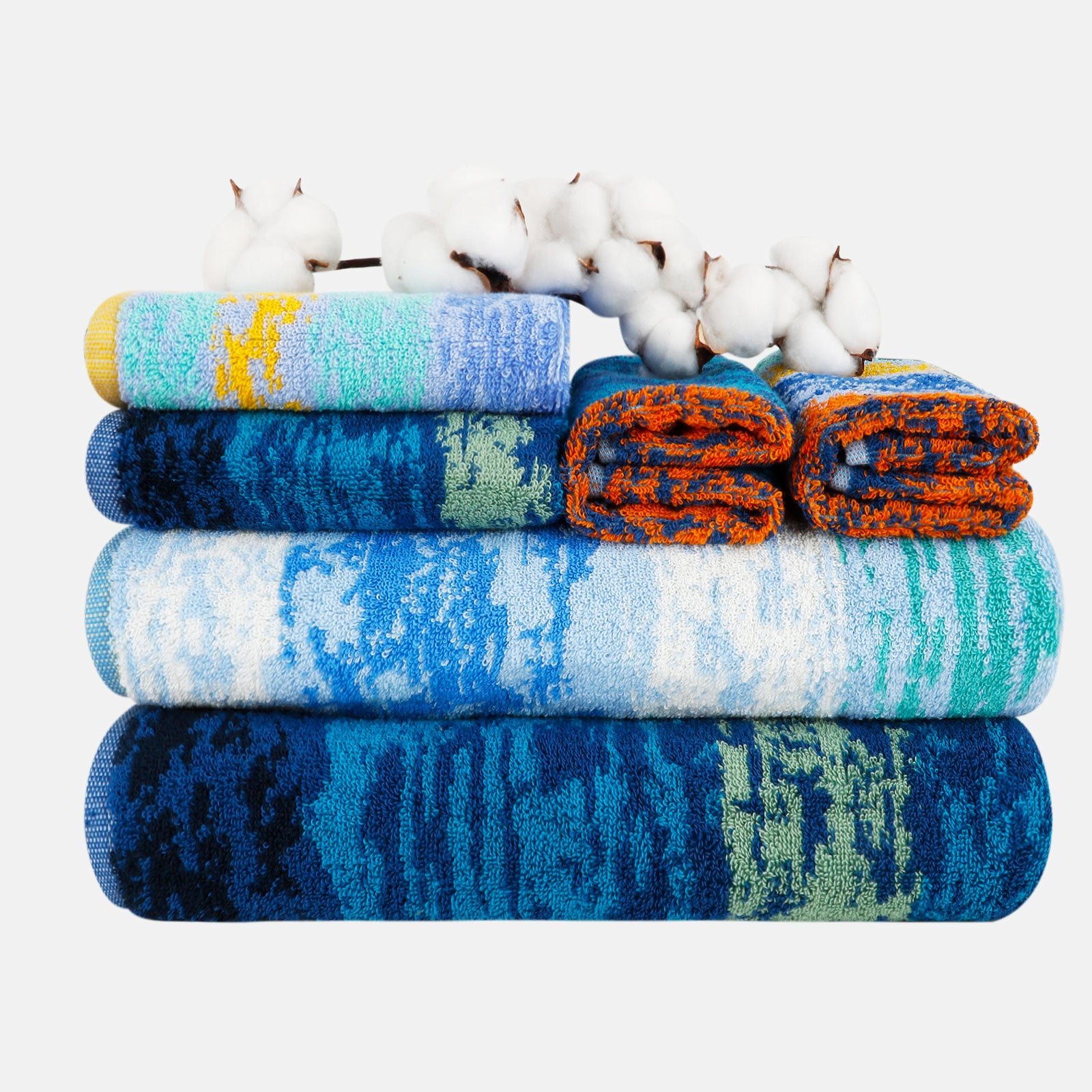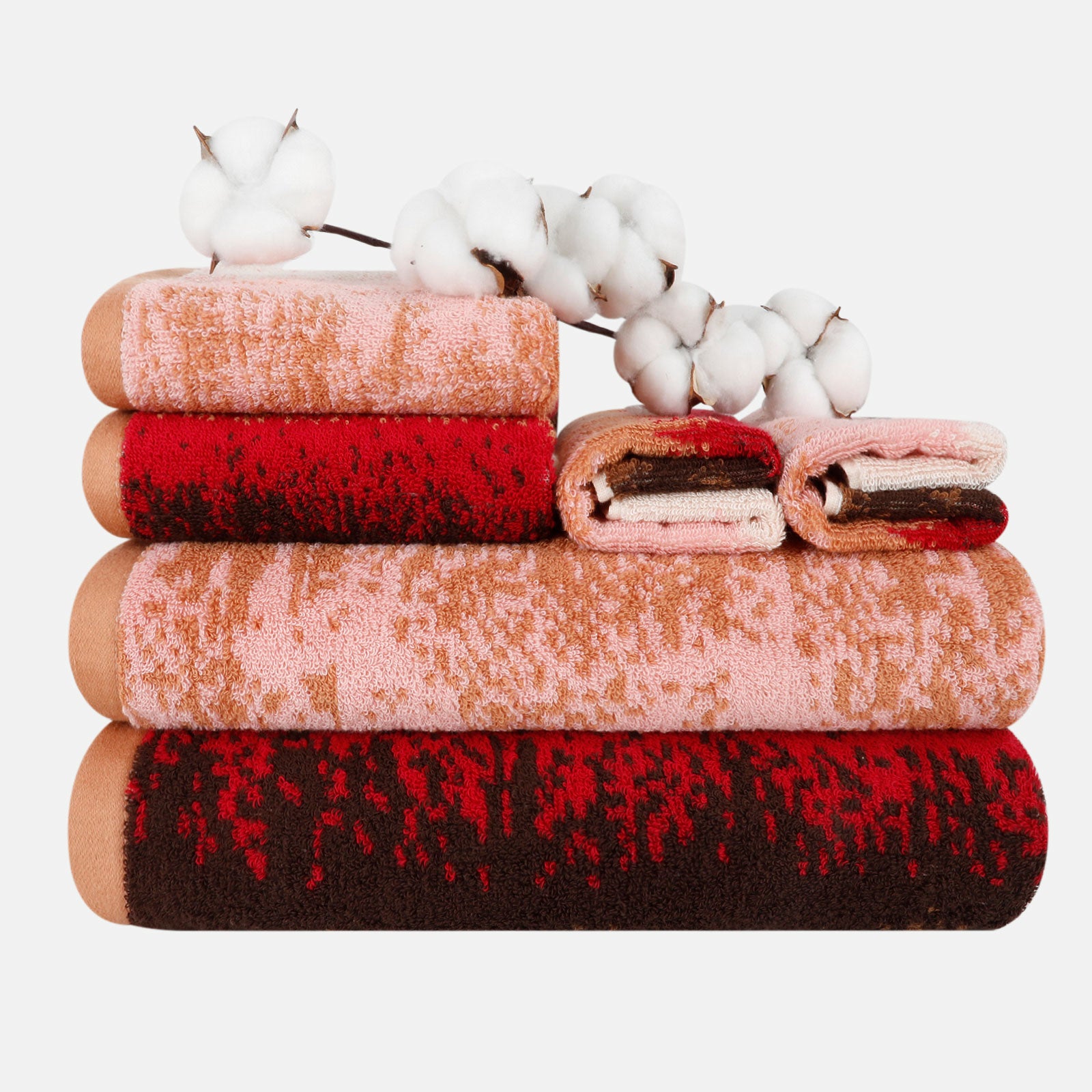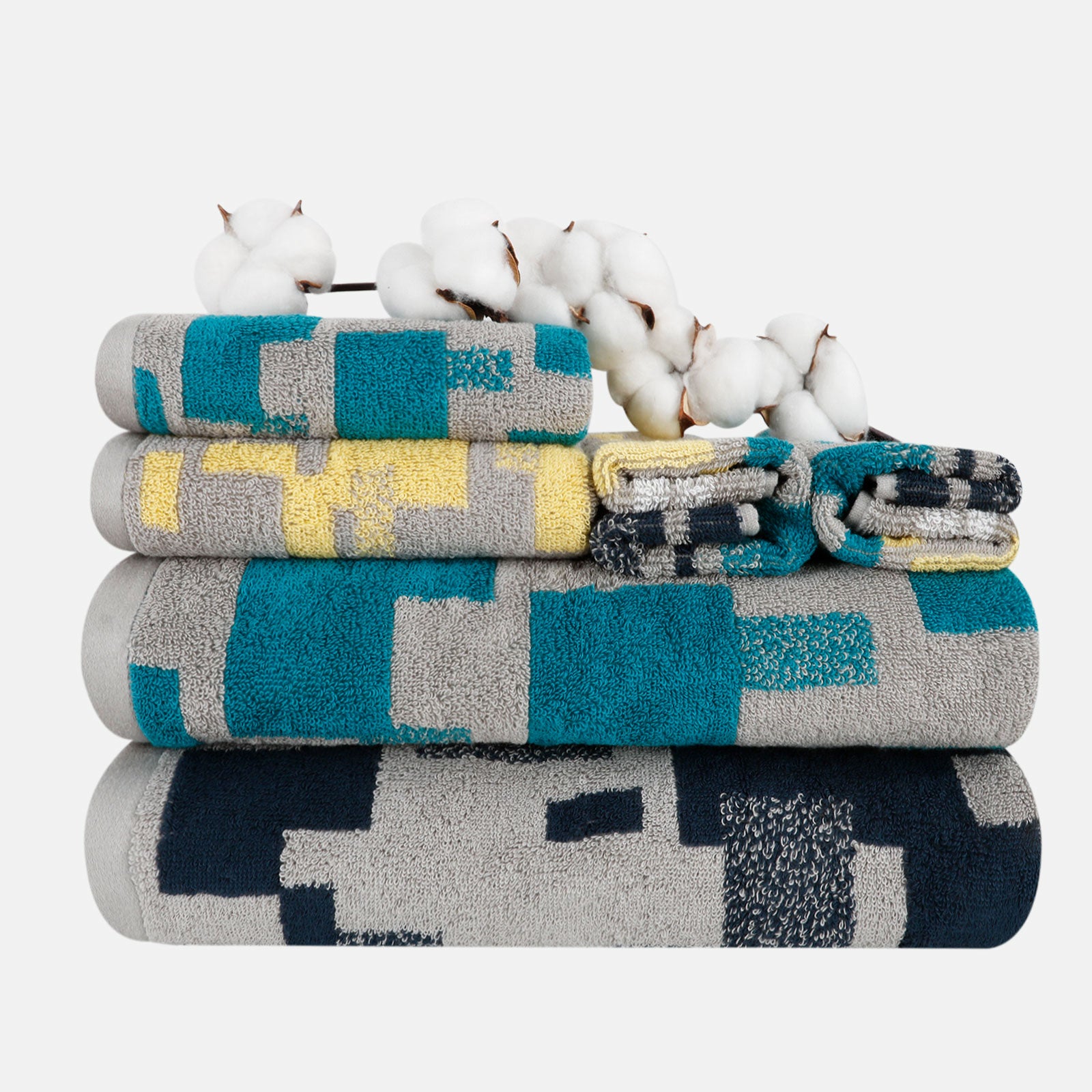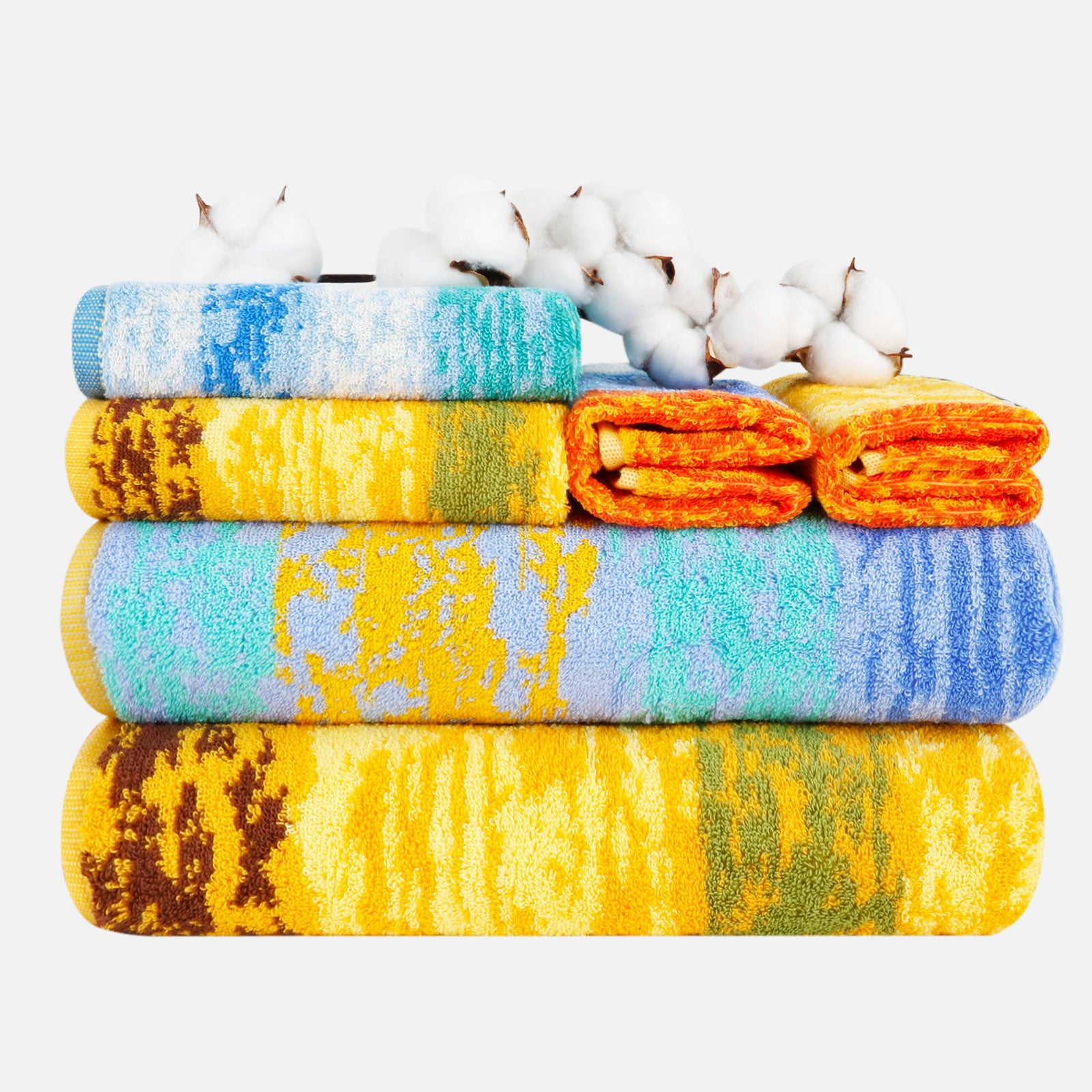Introduction
Microfiber towels have become increasingly popular due to their exceptional absorbency and versatility. Whether you're looking for a towel for your bathroom, kitchen, gym, or even for cleaning your car, the right microfiber towel can make a significant difference. In this article, we will guide you through the process of choosing the perfect microfiber towel to suit your needs and preferences.
Understanding Microfiber
Microfiber is a synthetic material made of tiny fibers, usually a blend of polyester and polyamide (nylon). These fibers are incredibly fine, typically less than one denier, which is much finer than human hair. This fine structure gives microfiber towels their unique properties, including high absorbency and softness.
Step 1: Identify Your Purpose
The first step in choosing the right microfiber towel is to determine its intended use. Microfiber towels come in various types, each designed for specific tasks. Here are some common types:
-
Bath Towels: These are designed for personal use, such as drying your body and hair after a bath or shower. They are typically softer and more luxurious.
-
Kitchen Towels: Kitchen microfiber towels are meant for cleaning and drying dishes, countertops, and appliances. They are often more durable and come in various sizes.
-
Sports/Gym Towels: Sports towels are compact and lightweight, making them perfect for the gym, yoga, or outdoor activities. They are highly absorbent and quick-drying.
-
Cleaning Towels: Microfiber cleaning towels are designed for household cleaning tasks. They may have different textures or colors to help you identify their use.
-
Car Towels: Car microfiber towels are designed to absorb water quickly without leaving streaks or scratches on your vehicle's surface.
Step 2: Material and Blend
Microfiber towels are available in various blends and thicknesses. The two primary components to consider are polyester and polyamide. A higher percentage of polyamide usually indicates a higher-quality towel, as it contributes to increased absorbency and softness. However, the blend can vary depending on the intended use. For personal towels, a higher polyamide content is desirable, while cleaning and car towels may have a higher polyester content for durability.
Step 3: GSM (Grams per Square Meter)
GSM is a measure of the weight and density of the microfiber towel. A higher GSM indicates a thicker, more absorbent towel. Here's a general guideline:
- 200-350 GSM: Light and quick-drying. Ideal for sports or gym towels.
- 350-550 GSM: Medium thickness. Suitable for bath and cleaning towels.
- 550+ GSM: Thick and plush. Great for high-end bath towels.
Step 4: Texture and Pile
Consider the texture and pile of the microfiber towel. Smooth microfiber is excellent for glass and electronics, as it reduces the risk of scratching. Towels with a waffle or grid texture are more absorbent and useful for cleaning and drying. For personal towels, opt for a velvety, soft texture for maximum comfort.
Step 5: Color and Style
Microfiber towels come in a wide range of colors and patterns. Choose a color or design that matches your personal preference and complements your space.
Step 6: Durability and Maintenance
Consider the durability of the towel. Check if it is machine-washable and if it maintains its properties after multiple washes. High-quality microfiber towels should withstand frequent use and washing.
Conclusion
Selecting the perfect microfiber towel involves considering its intended use, material blend, GSM, texture, and color. Whether you need a soft bath towel, a durable kitchen towel, or an absorbent car towel, there is a microfiber option that suits your specific needs. By following these guidelines, you can make an informed decision and enjoy the benefits of this versatile and highly functional material.
